DROPS Nepal
The perfect every day yarn!
from:
5BGN
per 50 g
Content: 65% Wool, 35% Alpaca
Yarn Group:
C (16 - 19 stitches)
/ 10 ply / aran / worsted
Weight/length: 50 g = approx 75 m
Recommended needle size: 5 mm
Knitting tension: 10 x 10 cm = 17 sts x 22 rows
Care: Hand Wash, max 30°C / Dry Flat / Feltable
Superwash: no
Made in: Peru
Raw material origin: Alpaca and wool from South America
This yarn has an Oeko-Tex® certification (certificate number 23.HPE.36896), Standard 100, Class II from the Hohenstein Institute. This means that is has been tested for harmful substances and is considered safe in human-ecological terms. Class II means the yarn is suitable to come in direct contact with the skin to a large extent, such as blouses, shirts, mattresses, etc.
DROPS Nepal is a chunky and luxurious yarn, spun in 35% superfine alpaca and 65% wool, a mix that accentuates the softness of alpaca while the wool contributes to the garments’ shape stability. Both fibers are untreated, which means that they are only washed and not exposed to any chemical treatment prior to the dyeing. This highlights the fibers’ natural properties, providing also a better shape and texture qualities.
Spun from 3 strands, which gives an exciting and rustic stitch definition, DROPS Nepal is an easily knitted/crocheted quality which is also ideal for felting, resulting in garments that have an even and soft surface.
DROPS Nepal contains mixed colours, this means the wool is manufactured by carding the colours together before spinning, which gives it a mixed effect.
Read more about our products' sustainability here
Please be aware that the colours shown may vary from screen to screen in the same way that shades may vary slightly from dye lot to dye lot.
How do I care for this yarn?

Hand Wash, max 30°C / Dry Flat
First of all, consider just airing the garment, instead of washing it. If you still desire to wash it, here are some guidelines:
- Hand wash at 30ºC - separately - with wool detergent without enzymes or optical brighteners.
- Don’t let the garment soak. Move the garment gently back and forth, do not rub or squeeze it.
- Rinse the garment until the rinse water is completely clear, making sure the water temperature stays uniform.
- Do a light centrifugation of the garment (about 800rpm), choosing a program that DOES NOT take in water at the start. Or press carefully the water out of the garment with a dry towel. The garment shouldn’t be twisted or rolled.
- To dry the garment, shape it and lay it flat - do not hang - ideally on a warm bathroom floor or on top of a drying rack in a room with good air circulation. Never dry the garment in direct sunlight.
- Don’t tumble dry.
- Never iron the garment directly. Use always a damp cloth between your steaming iron or regular iron and the garment.
Note: If you are washing a project made with this yarn combined with another, the general guideline is to follow the washing instructions for the most delicate of the yarns you are working with.
Thinking about felting this yarn?
See how this yarn looks before and after felting:
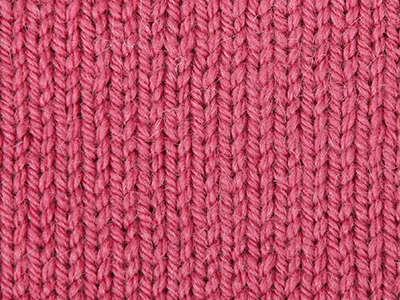
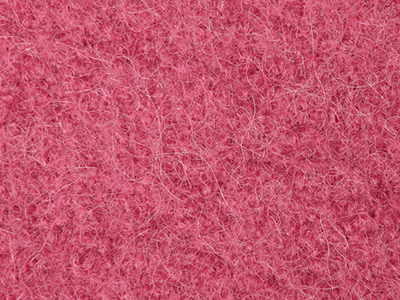
Needles: 5.50 mm
Before: 16 sts x 21 rows
After: 21 sts x 30 rows
Do you have a question about this yarn?
See a list of frequently asked questions (FAQ) about our yarns.
1) What type of fibers make the DROPS yarns?
Yarn can be made from a large number of natural and synthetic fibers. DROPS carries mainly yarns made from wool, cotton, alpaca, linen, mohair and silk. Each fiber type has its own qualities, and they are often mixed to take advantage of the best properties of each one. Coarse yarn has the advantage of being stronger and more durable, and finer fibers offer more softness and comfort. Here a bit about the main fibers we carry:
Alpaca:
Alpaca fleece is the natural fiber harvested from an alpaca, and it is similar in structure to sheep wool fiber. Its softness comes from the small diameter of the fiber, similar to merino wool. It is a soft, durable, luxurious and silky natural fiber. Yarn made from alpaca fibers does not felt or pill easily, and it can be light or heavy in weight, depending on how it is spun. While similar to sheep’s wool, it is warmer, not prickly, and has no lanolin, which makes it hypoallergenic. Alpacas come in 22 natural colors, with more than 300 shades from a true-blue black through browns-black, browns, white, silver and rose-greys.
Mohair:
This fiber comes from the Angora goats, and it's considered a luxury fiber. Mohair yarn is warm as wool, but much lighter in weight; it is durable, dyes well and does not felt easily. Mohair fibers have also a distinctive luster created by the way they reflect light. Despite being a hard fiber, mohair is usually spun into a very fluffy yarn, resulting in airy and lustrous garments.
Wool:
The wool fibers come from the skin of sheep and are relatively coarse fibers. Two striking characteristics of wool are its susceptibility to heat and its felting property, which is caused by the scales on the surface. Depending upon the breed of sheep, the appearance of the wool varies.
Wool from Merino sheep is considered the finest type of wool, having as characteristics that is finely crimped and soft. All the Merino wool in the DROPS yarns has its origins in South America, coming from sheep that have not been subject to Mulesing.
Pure new wool is wool made directly from animal fleece, and not recycled from existing wool garments.
Machine washable wool is wool treated chemically to minimize the outer fuzzy layer of the fibers, and be therefore fitable for machine wash (see Superwash).
Silk:
The silk fiber is a fine continuous fiber produced from the cocoon of a moth caterpillar known as the silkworm. While silkworm is cultivated, the wild or tussah silk is obtained from uncultivated silkworm cocoons. Silk fiber is one of the strongest natural fibers and makes a wonderful knitting yarn. It blends really well with other fibers, especially wool. Silk also dyes beautifully with natural dyes.
Vegetable fibers:
There are several varieties of vegetable fibers, found in the cell walls of plants or vegetables. Of all the varieties, two are recognized as major knitted or textile fibers. They are cotton and linen.
Cotton is the fiber surrounding the seeds in a cotton pod, and it is almost pure cellulose. Cotton is usually white in color but there are green and brown varieties as well. The cotton fiber is most often spun into yarn or thread and used to make a soft, breathable textile that is good for summer clothing and accessories, making a weaker yarn than silk or linen but stronger than wool.
Mercerized cotton is cotton that has been through a mercerization treatment. This treatment gives cotton fabrics and threads a lustrous yarn that is more lustrous than conventional cotton. It is also stronger, takes dye a little more readily, makes the yarn more resistant to mildew and reduces lint. It also may not shrink or lose its shape as much as "regular" cotton.
Linen is a fiber derived from the stalk of the flax plant that is durable and stronger than any other fiber. The linen fiber is relatively soft, straight and lustrous and becomes more beautiful with age. Linen is more comfortable to wear in hot temperatures than cotton, due to the fact that it absorbs moisture better and dries more quickly.
Other materials used in our yarns include synthetic fibers such as acrylic, viscose, polyamide (nylon) and polyester. These fibers are used mostly to give strength to a yarn (like our sock yarn, DROPS Fabel) or a special kind of structure (like our blown yarn, DROPS Air).
The polyamide fibre, commonly known as nylon, is very strong, durable, lightweight, easy to care for (can be machine washed and dried), and elastic, which makes it perfect for blending with other fibres to produce hard-wearing yarns like sock yarn.
Compared to polyester, polyamide is softer and more flexible, but it also absorbs more water and dries slower.
3) What type of information can I find on the DROPS yarn labels?
All DROPS yarn labels include information about fiber content (wool, cotton, etc.), weight in grams and ounces, length in meters and yards, washing instructions and symbols (explained here), color number, dye lot number and yarn group information.
4) What are the DROPS yarn groups?
All DROPS yarns are classified into 6 different thickness groups (A to F). Yarns in a same group have similar knitting tension/gauge, and can therefore be interchanged in patterns; however the length may be different, so when substituting always calculate the amount of meters/yards needed for the pattern to know the amount of yarn you need to get.
5) Can I use a different yarn than the one mentioned in the pattern?
Yes, as long as the yarn can be worked in the same knitting tension/gauge. Always swatch to make sure you get the same number of stitches in width and rows in height as given in the pattern.
Remember that different yarns with different textures, will give the garment different looks. The yardage/length may also be different, so when substituting always calculate the number of yards needed, in order to know the amount of yarn you need.
Read more about how to calculate the amount of an alternative yarn - and how to replace 1 thread of a yarn with 2 or more of another, here.
6) What does it mean when a yarn is “Superwash”?
A superwash wool is a special wool product that has been treated or processed in a way that allows it to be machine washable. Many people are afraid to work with wool because it is so easy to shrink (though some shrink wool on purpose) and superwash wool can allow them to work with great fibers without worry. (Read more here).
7) What does “Oeko-Tex® certified” means?
The Oeko-Tex® Standard 100 was introduced at the beginning of the 1990s as a response to the needs of the general public for textiles which posed no risk to health. The Oeko-Tex® Standard 100 is a globally uniform testing and certification system for textile raw materials, intermediate and end products at all stages of production. The test for harmful substances comprise substances which are prohibited or regulated by law, chemicals which are known to be harmful to health, and parameters which are included as a precautionary measure to safeguard health.
For more info go to www.oeko-tex.com
10) How accurate are the colours on the shade cards online?
When obtaining images for the shade card, we do our best to achieve the highest level of color accuracy. Unfortunately, we cannot guarantee how images will appear on your computer screen. Every monitor displays color differently, some colors might look darker than they really are, and some colors might be more saturated on some screens. If you experience that many of the yarn colors looks different on your screen than the actual color of the skeins, you can adjust the setting on your monitor.
11) What is a micron? What does super fine / extra fine mean?
The fineness of yarn fibers is measured in microns (thousands of millimeters). Super fine alpaca wool is 26-28 microns. Fine merino wool is less than 21.5 microns and extra fine merino is under 19.5 microns. The less microns the softer and more delicate a quality can be, the more microns the more hard wear the quality will be.
The reason why the microns in a yarn’s fibers are important is that the yarn will eventually become something else, and how delicate or coarse a yarn is will determine in part what we use it for. That’s why we recommend the softest yarns (like DROPS Baby Merino) for baby clothing, or why we choose to use a more hard wear yarn like DROPS Snow, for a seating pad or slipper.
12) Why are the colours in my skeins of print yarn different?
The reason why two skeins of a same print yarn look different can be 1) that both skeins are part of different dye lots; 2) that the skeins have been dyed using a technique called "magic print" (the one used for example in DROPS Delight), which provides unique patterns and smooth colour transitions to each skein, meaning also that within one dye lot, lighter or darker varieties might appear. This is no fault or defect, but part of the yarn's character.
13) My store doesn’t have the colour I want, what can I do?
If your DROPS store doesn’t have the yarn colour you want, try contacting a DROPS Super Store (the ones with the golden badges) - they will make sure to get a hold of the colour even if they don’t have it in stock themselves. See a list of all DROPS stores here.
14) Where can I find a specific dye lot of a colour?
Always try contacting your DROPS store first. If they do not have the dye lot you want we recommend you to ask other knitters and crocheters in the DROPS Workshop in Facebook or Ravelry, which may have the dye lot in their stash and might be willing to part from it.
Yarn sheds because there's not enough twist to hold all of the fibers together. All yarns have excess fibers (from production) that might come off as lint or shedding, in varied degrees that depend on how the yarn is spun. Brushed yarns ("hairier" yarns) like DROPS Melody, have more of these loose fibers than other yarns, and therefore shed more. Shedding also depends on what is worn under or over the garment, and whether this pulls at the yarn fibers. It’s therefore not possible to guarantee that there will be no shedding.
Below are some tips on how to get the best result when working with hairier yarns:
- When the garment is finished (before you wash it) shake it vigorously so the looser hairs come off. NOTE: do NOT use a lint roller, brush or any method that pulls at the yarn.
- Place the garment in a plastic bag and put it in your freezer - the temperature will cause the fibers to become less attached to each other, and excess fibers will come off easier. Leave in the freezer for a few hours before taking it out and shaking it again.
- Wash the garment according to the instructions on the yarn label. Garments worked with hairier yarns usually need to be shaken once dry after washing, so that the hairs rise and any excess fibers can come off.
Pilling is a natural process that happens to even the most exclusive of fibers. It's a natural sign of wear and tear that is hard to avoid, and that is most visible in high friction areas of your garment like a sweater's arms and cuffs.
You can make your garment look as new by removing the pilling, using a fabric comb or a pill/lint remover.
How can I replace this yarn?
If you are looking to replace this yarn with another DROPS yarn, you can use another yarn within the same yarn group, or try our yarn converter!
Other yarns in Yarn Group C
Read more about replacing yarn.Have a problem with the DROPS yarn you purchased?
When you purchase yarn from the shade cards or patterns on our site, you are not buying directly from DROPS but from one of the hundreds of DROPS stores around the world. It is therefore important that you take contact with the DROPS store where you bought the yarn, and that you save the labels of all the skeins you purchased (they are your warranty).
The DROPS store you contact will assist you and escalate the claim if necessary. Find a list of DROPS stores here.
Comments / Questions (278)
![]() Shital PANDEY wrote:
Shital PANDEY wrote:
Where is location? Hiw do i bu ugh online from you
26.01.2021 - 15:19DROPS Design answered:
Dear Mrs Pandey, you will find DROPS Stores shipping worldwide here if you cannot find your country under the scroll down menu "choose your country". Happy knitting!
26.01.2021 kl. 16:44
![]() Agata Catapano wrote:
Agata Catapano wrote:
Quanti gomitoli mi servono per fare una copertina da lettino dimensioni 100 per 130?
24.01.2021 - 20:59DROPS Design answered:
Buonasera Agata, deve lavorare il campione e da quello può calcolare la quantità di filato necessaria per il suo lavoro. Buon lavoro!
24.01.2021 kl. 21:36
![]() Grit wrote:
Grit wrote:
Ich möchte gerne die Farbe Granatapfel (Nepal Uni) bestellen, finde diese in Deutschland nicht. Wo ist diese erhältlich? Dankeschön
23.01.2021 - 12:20DROPS Design answered:
Liebe Frau Gritt, die Farbe 3608 sollte schon verfügbar sein - schauen Sie bei Ihrem DROPS Laden, ob sie immer noch haben oder wann sie diese Farbe bekommen werden. Viel Spaß beim stricken!
25.01.2021 kl. 13:32
![]() Jane Owen wrote:
Jane Owen wrote:
I would like to use the Nepal wool for a knitting project that states I need a 4mm needle. Your website recommends a 5mm needle with this yarn. Which should I use and what is the likely outcome either way? Thanks for your advice. Jane Owen
13.01.2021 - 16:13DROPS Design answered:
Dear Mrs Owen, you will read more about alternatives here - for any individual assistance choosing a yarn, please contact your DROPS store, even per mail or telephone, it will be much easier for them to help you. Happy knitting!
14.01.2021 kl. 08:28
![]() Alessandra Quattrocchi wrote:
Alessandra Quattrocchi wrote:
Ciao vorrei comprare 500 grammi di questo filato DROPS NEPAL ma in colore "grigioverde", n. 7139. Lo vedo nella cartella colori come disponibile in magazzino ma non c'è sulla pagina-ordine. Come faccio? Grazie!
13.01.2021 - 14:28DROPS Design answered:
Buongiorno Alessandra, nella pagina della cartella colori di Nepal deve cliccare sul carrello e in questo modo può vedere l'elenco dei rivenditori DROPS italiani. Se clicca su "ordinare" verrà indirizzata direttamente alla pagina del rivenditore su cui potrà completare l'ordine. Buon lavoro!
13.01.2021 kl. 20:24
![]() Vânia Soares wrote:
Vânia Soares wrote:
Onda. Gostaria de saber como adquiri-los da Fio Drops Nepal. Também como comprar este produto. Sou crocheteira no Brasil. Obrigada.
07.01.2021 - 22:04DROPS Design answered:
Bom dia, Para adquirir nossos fios, pode contactar directamente nossas lojas em Portugal. Abaixo, vai encontrar a lista das lojas que enviam para o Brasil. https://www.garnstudio.com/findastore.php?id=28&cid=28 Bons crochés!
05.02.2021 kl. 13:41
![]() Christa Heinemeyer wrote:
Christa Heinemeyer wrote:
Kann ich bei Ihnen eine Musterkarte bestellen?
06.01.2021 - 14:35DROPS Design answered:
Liebe Frau Heinemeyer, wenden Sie sich bitte an Ihren DROPS Händler - dort kann mann Ihnen vielleicht damit helfen. Viel Spaß beim stricken!
06.01.2021 kl. 15:58
![]() Christa Heinemeyer wrote:
Christa Heinemeyer wrote:
Kann ich bei Ihnen eine Musterkarte von Alpakawolle bestellen?
06.01.2021 - 14:33
![]() Tara L wrote:
Tara L wrote:
Dear, Namaste and greetings!!! I am a freelancer of designing clothing. I am working on knitting and crochet stuffs at the moment. Moreover, I would like to buy wool yarns amd this is the reason why I am writing this. Kindly provide me the wholesale price with minimum quantity applicablre. Thank you!!! Regards, TARA GURUNG 9841798269 KTM Nepal
05.01.2021 - 12:25DROPS Design answered:
Dear Tara L, our products are only availabe at our agreed DROPS Stores - you are welcome to contact them and negociate with them. Happy knitting!
05.01.2021 kl. 14:08
![]() Lili wrote:
Lili wrote:
Bonjour, Mespelotes.com la vends 2,74 € et plus et non 2,65 € ...
03.01.2021 - 17:00DROPS Design answered:
Bonjour Lili et merci pour votre retour, nous les avons prévenus pour qu'ils ajustent leurs prix. Bon tricot!
05.01.2021 kl. 13:45
![]() Dubia Delgado wrote:
Dubia Delgado wrote:
Please tell me the amount of meters per 100g.
02.01.2021 - 23:27DROPS Design answered:
Dear Mrs Delgado, 1 ball DROPS Nepal is approx. 75 meters for 50 g. Happy knitting!
05.01.2021 kl. 13:43
![]() Anna Maria Dentelli wrote:
Anna Maria Dentelli wrote:
Condigli x gli acquisti tipo fi lana x cardigan ferri/uncinetto n.5
02.01.2021 - 10:24DROPS Design answered:
Buongiorno Anna Maria, la scelta del filato dipende dal modello scelto: se ha un modello da seguire scelga un filato con una tensione simile a quella richiesta nel modello, altrimenti per un uncinetto n° 5 potrebbe provare i filati del nostro gruppo C. Buon lavoro!
03.01.2021 kl. 11:52
![]() Joan Fraser wrote:
Joan Fraser wrote:
I'm having problems placing a order .
27.12.2020 - 16:44
![]() Vibeke Jørgensen wrote:
Vibeke Jørgensen wrote:
Hvorfor kan jeg ikke komme til at bestille nepal garn til 15.00????
22.12.2020 - 13:56DROPS Design answered:
Hei Vibeke. Nå er det bare Strikkeriet på ALLERØD som selger Nepal garnet sitt til 15 kr. De har valgt å ha en "Deals" / salg på Nepal garnet. Da må du bestille fra dem. Om du går inn på fargekartet til Nepal og klikker på handlevognen vil alle butikker i DK komme opp og vise hvilken priser de har. DROPS Nepal koster i utgangspunktet 22/23 kr, men mange butikker selger de billigere. mvh DROPS design
11.01.2021 kl. 10:59
![]() Robina Mallett wrote:
Robina Mallett wrote:
Do you have colour cards for Drops Air and Nepal yarns? Am finding it v difficult to select combinations on screen!
12.12.2020 - 11:24DROPS Design answered:
Dear Mrs Mallett, we only have online shade cards - but feel free to contact your DROPS store - even per mail or telephone, they will help you to find out the best matching colours. Happy knitting!
14.12.2020 kl. 10:56
![]() Ankita wrote:
Ankita wrote:
Hi I want Nepal orange wool . 400 GMs. Will it be available? I have uk address where you can deliver.
11.12.2020 - 02:42DROPS Design answered:
Dear Ankika, you will find the list of DROPS stores where you can order from here. Happy knitting!
11.12.2020 kl. 07:42
![]() Marek wrote:
Marek wrote:
Jestem właścicielem Pasmanterii.Czy jest możliwość zakupu włoczki w cenach hurtowych.Pasmanteria Ozimek Skorupa Marek .Pozdrawiam
29.11.2020 - 09:53DROPS Design answered:
Witaj Marku! Dziękujemy za zainteresowanie naszymi włóczkami. Oczywiście możesz je kupić w cenach hurtowych, spójrz na stronę TUTAJ i wypełnij formularz kontaktowy. Pozdrawiamy!
30.11.2020 kl. 09:48
![]() Tamara wrote:
Tamara wrote:
Bonjour, je n'ai pas trouvé la réponse a ma question précédente "vos fils sont ils issus d'élevages mulesing-free svp ? Merci" dans la réponse qui m'a été fournie et qui me renvoie vers la FAQ. Pouvez vous me dire ce qu'il en est pour le fil Népal svp ? Merci d'avance.
25.11.2020 - 08:29DROPS Design answered:
Bonjour Tamara, le mulesing concerne essentiellement les laines mérinos - pas les alpagas, raison pour laquelle il n'est rien indiqué pour Nepal - cf la FAQ et la description des fibres qui composent les fils DROPS. Bon tricot!
25.11.2020 kl. 10:08
![]() Tamara wrote:
Tamara wrote:
Bonjour, vos fils sont ils issus d'élevages mulesing-free svp ? Merci
24.11.2020 - 14:23DROPS Design answered:
Bonjour Tamara, retrouvez toutes les infos dans notre FAQ fils. Bon tricot!
25.11.2020 kl. 08:23
![]() Carina Alinder wrote:
Carina Alinder wrote:
Hej, har en fråga angående byta garn för ett mönster, det är samma garngrupp C. Enl er beräkningsmodell: garn X (=alpacka boucle), det behövs 300 g i mönstret d v s 840 m. Garn Y (=nepal) är ett 50g nystan 75 m, beräknas 840/75= 11,2 nystan som då är 840m. Enligt konverteraren som ni har får jag däremot ett annat svar. Den säger att jag bara behöver 561 g som är 7,48 nystan. Varför blir det olika resultat? Tack på förhand! Hälsar Carina
15.11.2020 - 21:47DROPS Design answered:
Hei Carina. Om du trenger 561 gram Nepal er det litt over 11 nøster, ikke 7,48 nøster slik du skriver. Så dersom du skal bytte ut 300 gram Alpaca Boucle (6 nøster/ 840 meter) trenger du 600 gram Nepal (12 nøster / 900 meter). mvh DROPS design
16.11.2020 kl. 09:13
![]() Kirsten Brink wrote:
Kirsten Brink wrote:
Kan man vaske Drops Nepal på uld program i vaskemaskine
13.11.2020 - 08:12DROPS Design answered:
Hei Kirsten. DROPS Nepal skal håndvaskes på 30 `C. Men om du ønsker å vaske på ullprogram i maskin, anbefaler jeg deg til å teste ut med en prøvelapp først. mvh DROPS design
16.11.2020 kl. 08:58
![]() Dagmar Scholz wrote:
Dagmar Scholz wrote:
Hallo, die Wolle sieht sehr schön aus. Kratzt die Wolle? Ich bin da leider sehr empfindlich. L. Gr. Dagmar Scholz
11.11.2020 - 13:36DROPS Design answered:
Liebe Frau Scholz, da jede Empfindlichkeit unterschiedlich ist, empfehlen wir Ihnen am besten, Ihr DROPS Laden zu fragen, auch telefonisch oder per mail wird man Ihnen dort das beste passende Garn empfehlen. Viel Spaß beim stricken!
12.11.2020 kl. 09:54
![]() Renza Lucchesi wrote:
Renza Lucchesi wrote:
Buonasera, devo realizzare a maglia un abito con trecce e punto chicco riso, quale filato è più adatto nepal o air? quale dei due è piu morbido e non buca sulla pelle? grazie
10.11.2020 - 20:59DROPS Design answered:
Buonasera Renza, può rivolgersi al suo rivenditore DROPS di fiducia per poter visionare entrambi i filati. Buon lavoro!
11.11.2020 kl. 22:45
![]() Elisenda Bachs Marés wrote:
Elisenda Bachs Marés wrote:
Antes he enviado un comentario acerca del hilo Nepal. He contabilizado los amigurumis que hice con este hilo y son 8. El último, el que hace 9, es el que he terminado de tejer ahora. El que tiene un tamaño mucho màs pequeño que los anteriores. Y todos son patrones de la misma persona y en el libro todos tienen un tamaño muy parecido,
07.11.2020 - 11:45






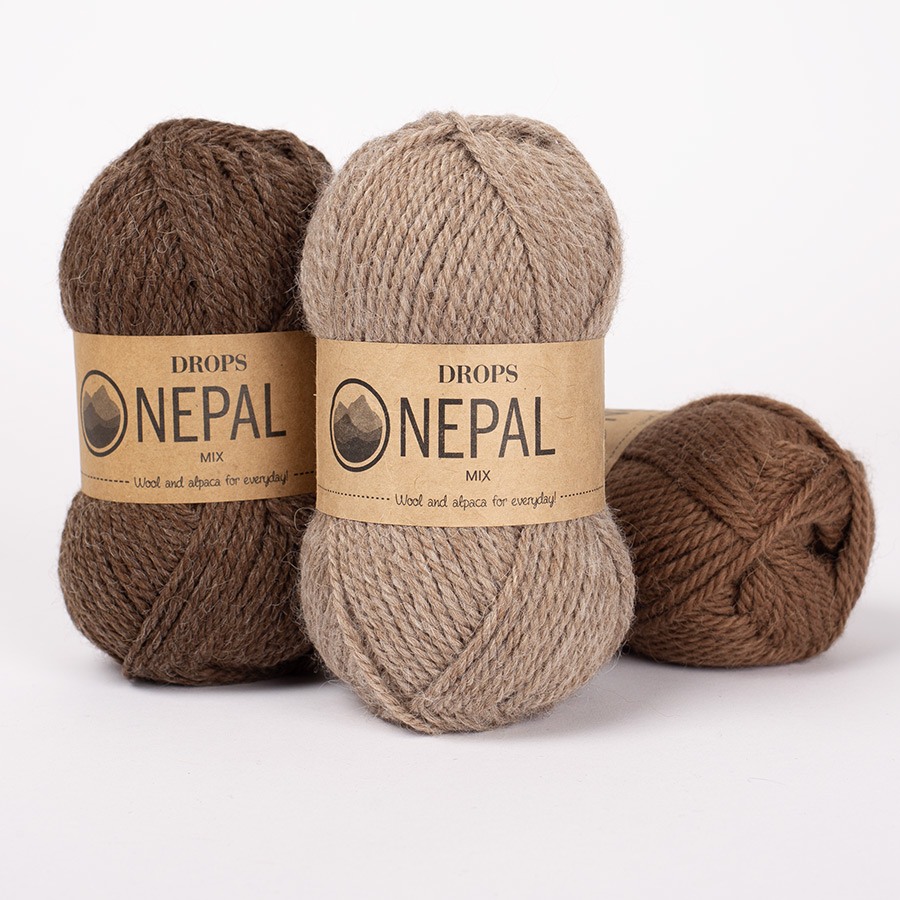
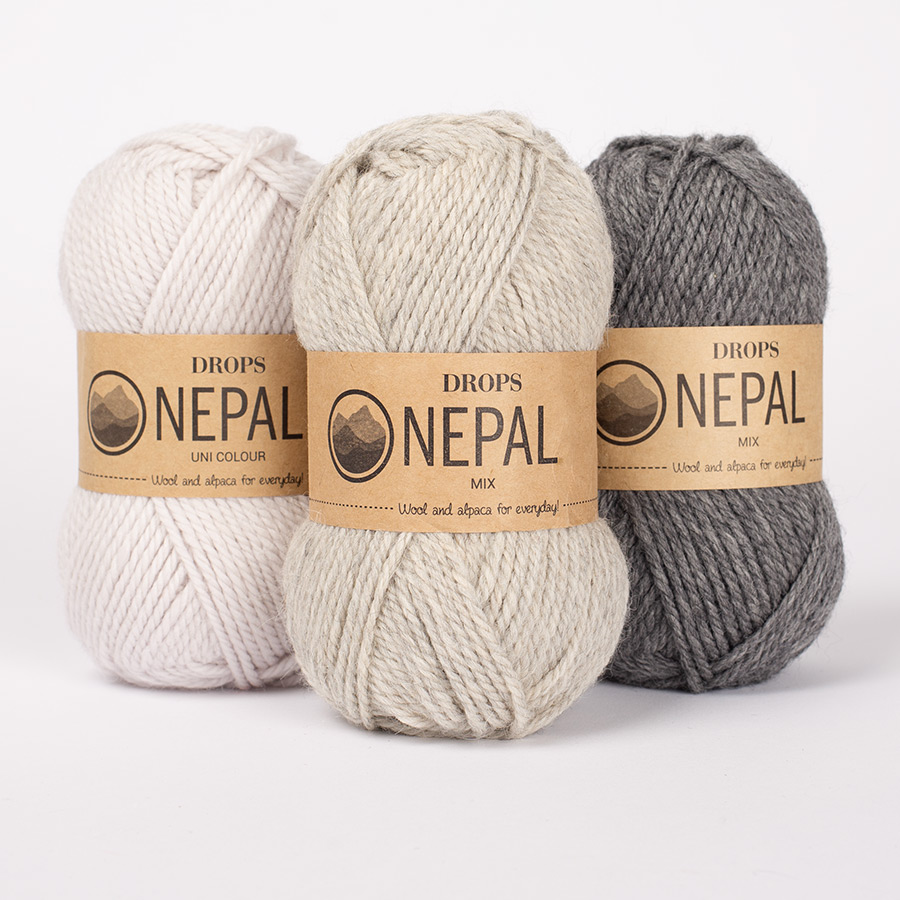
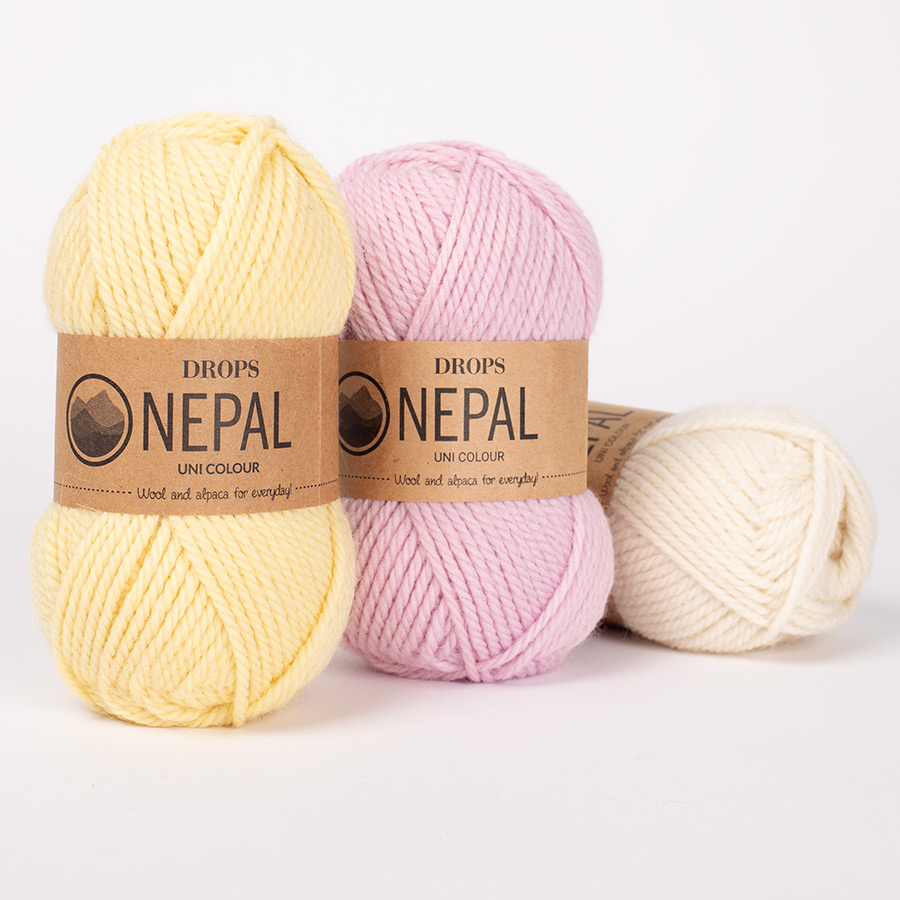
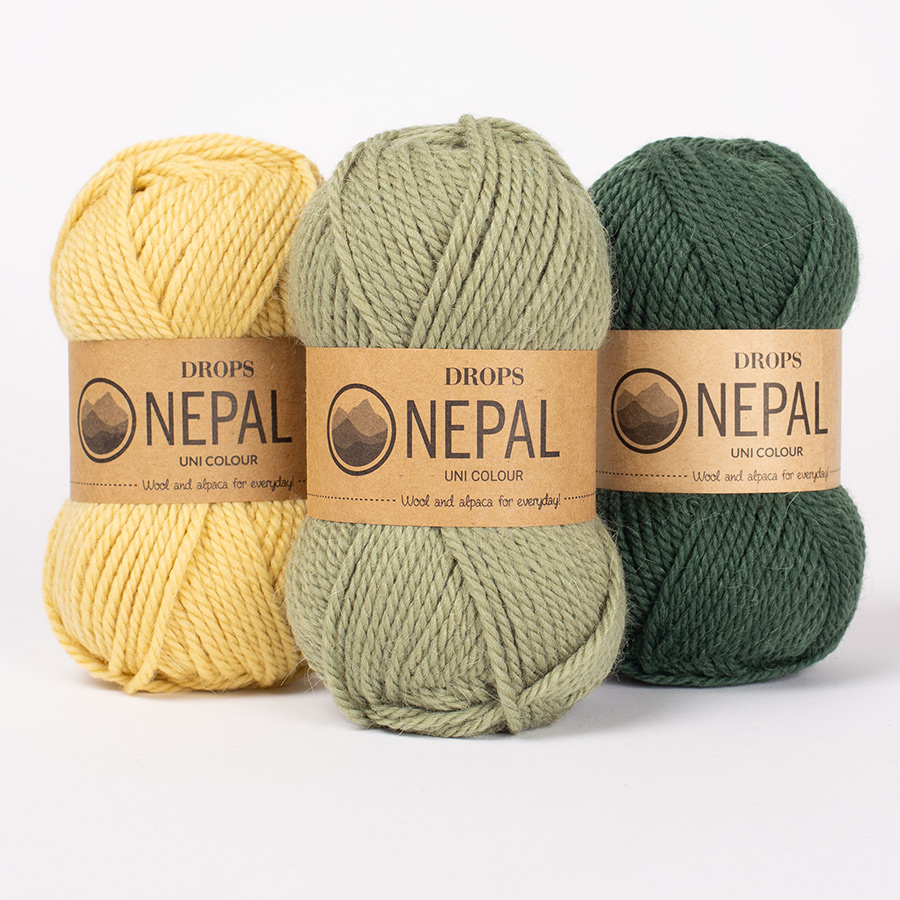
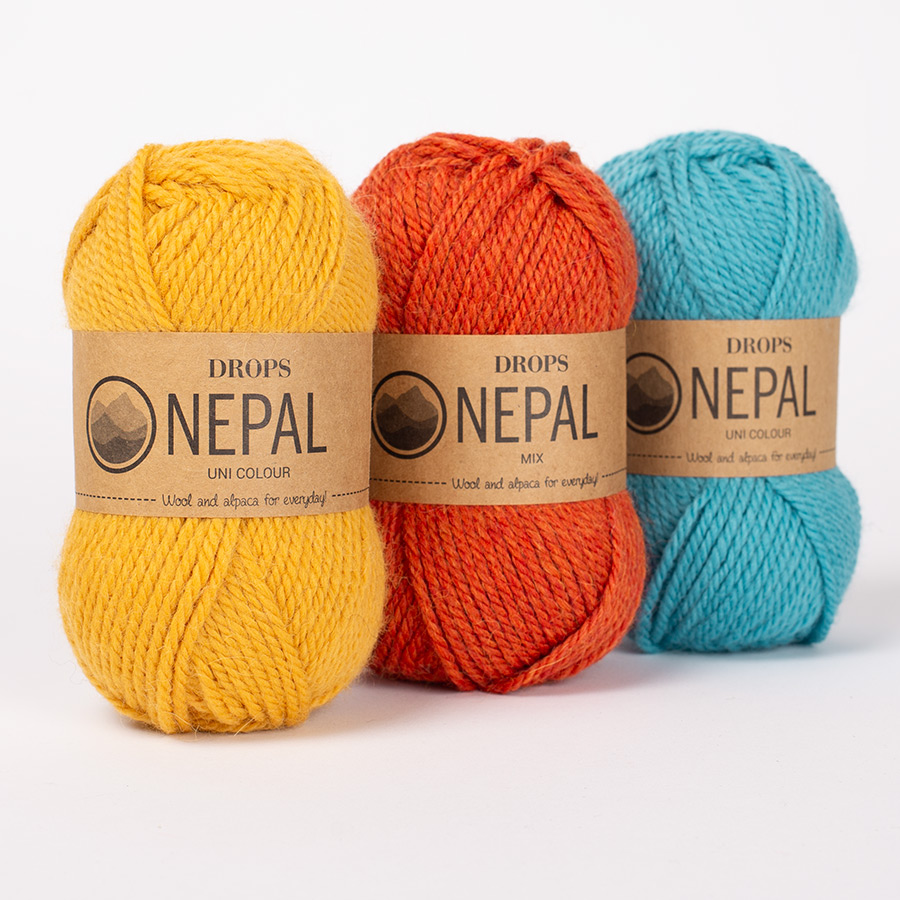


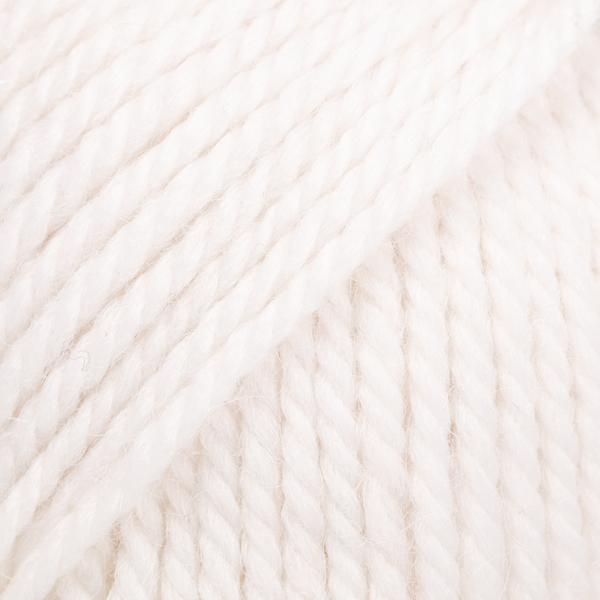




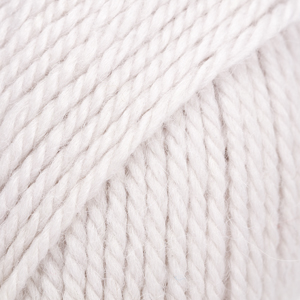
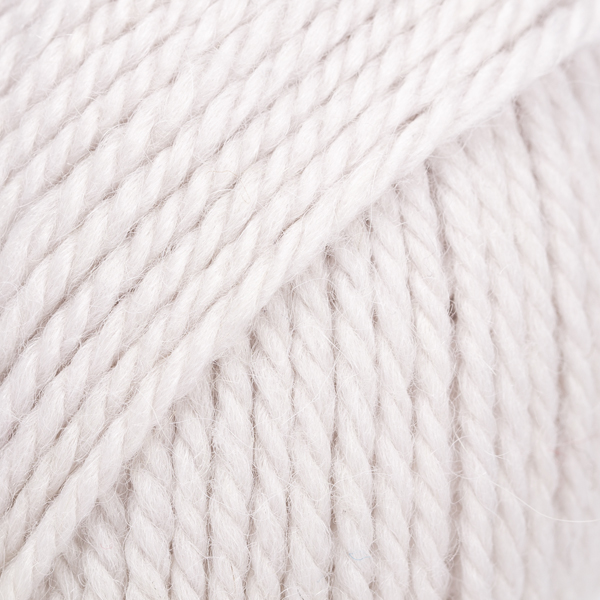




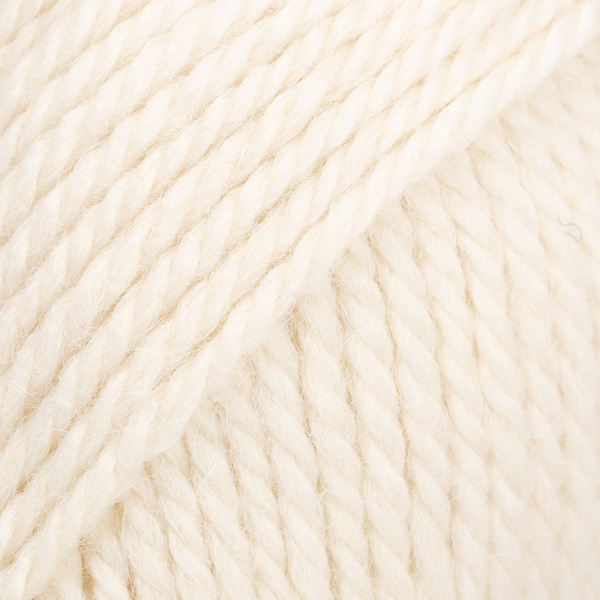




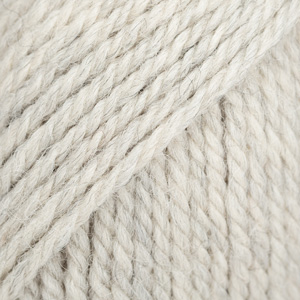
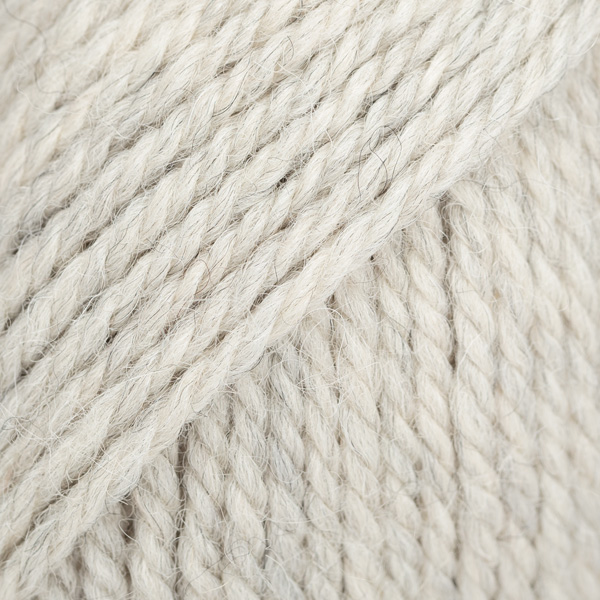
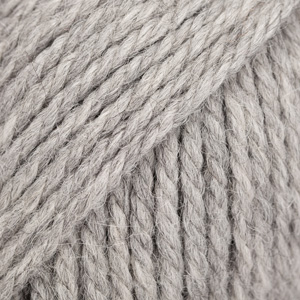
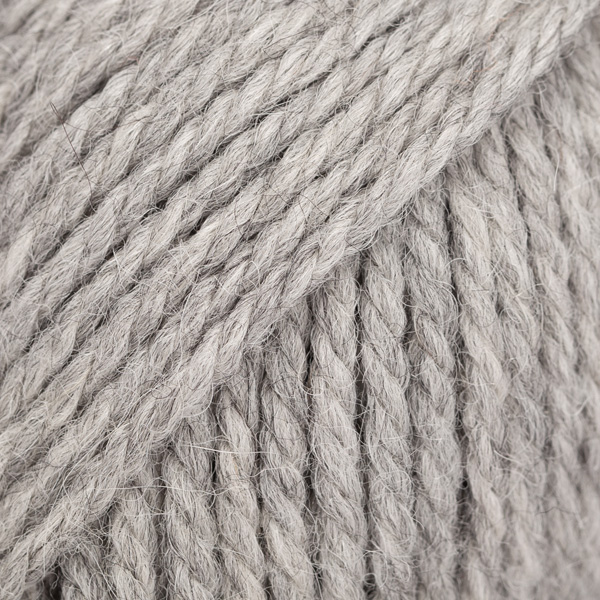



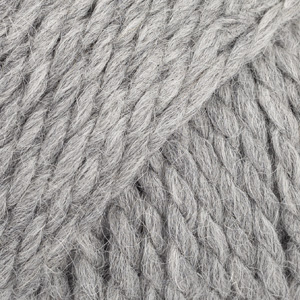

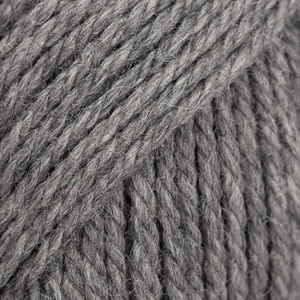
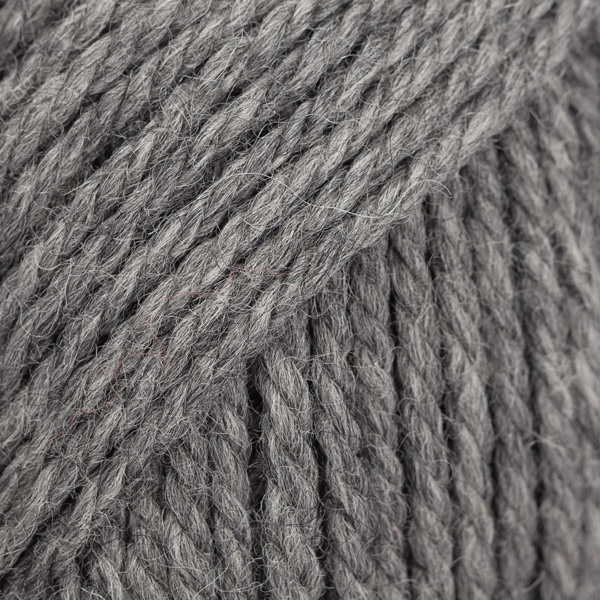







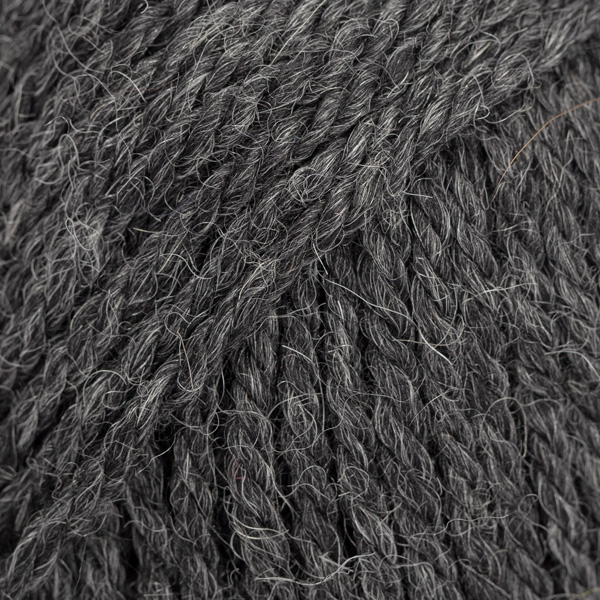
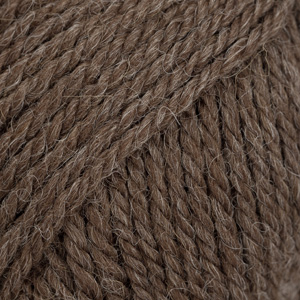
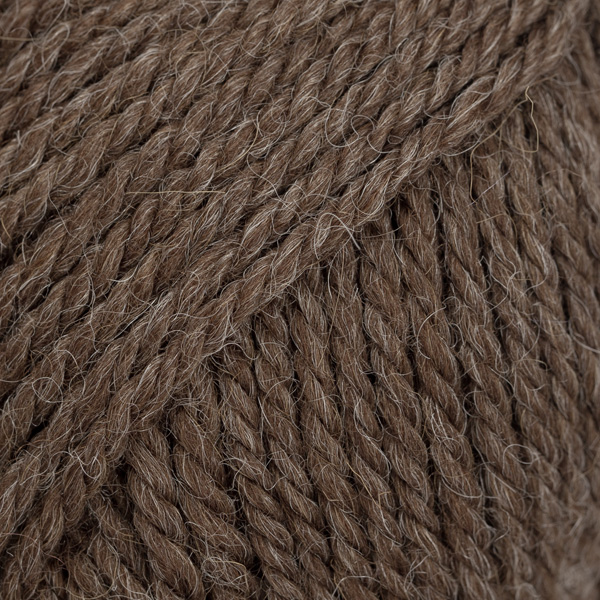



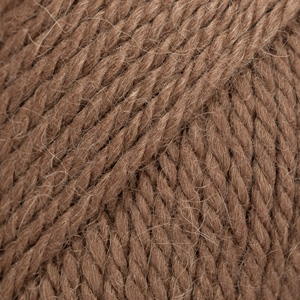
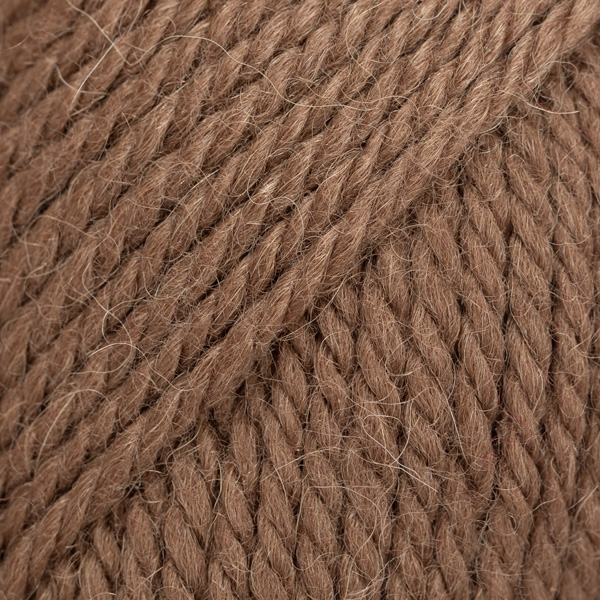
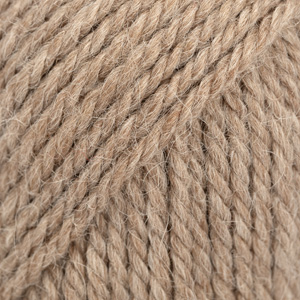
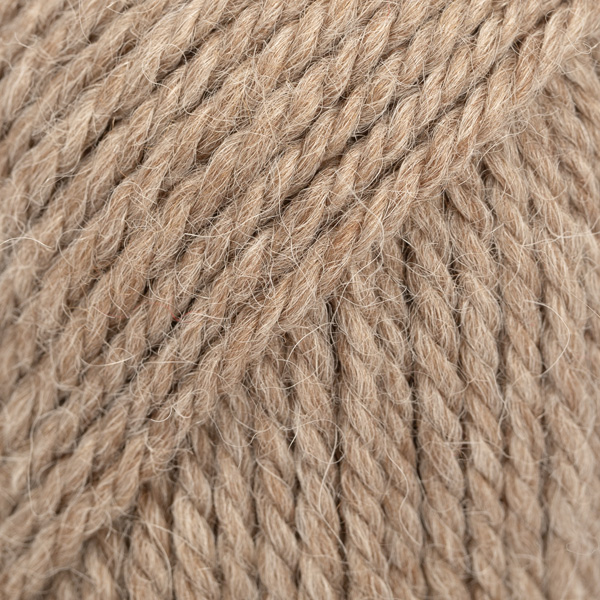

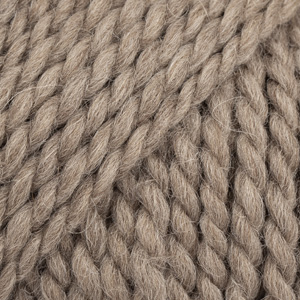


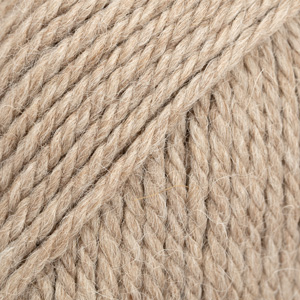
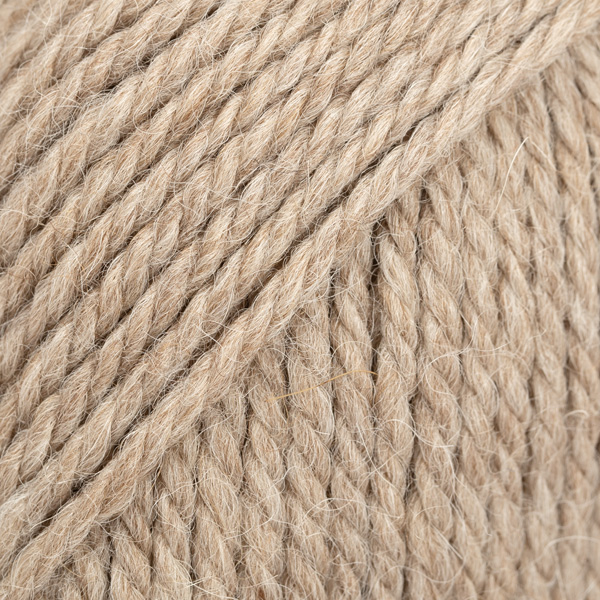

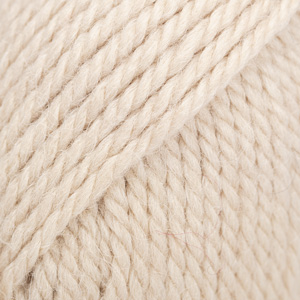
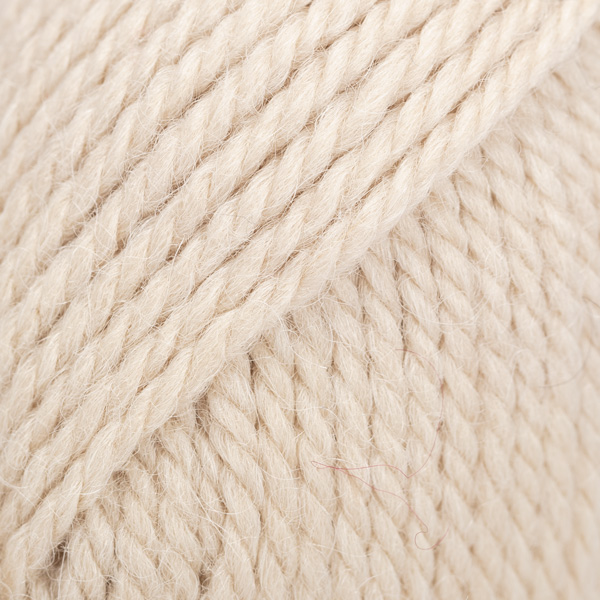









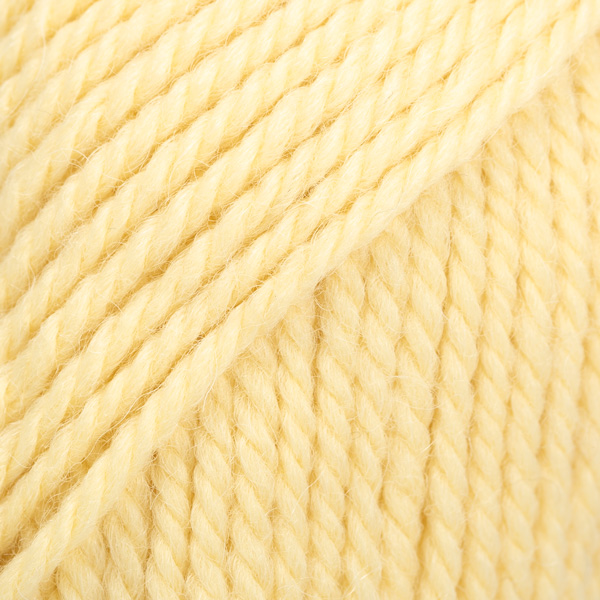
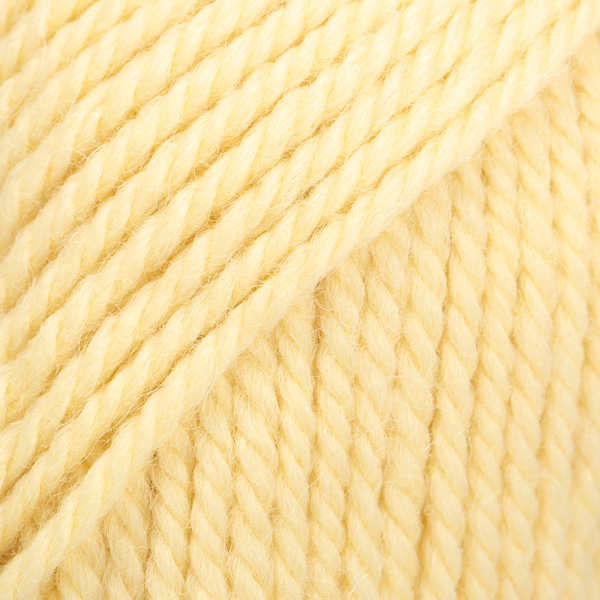







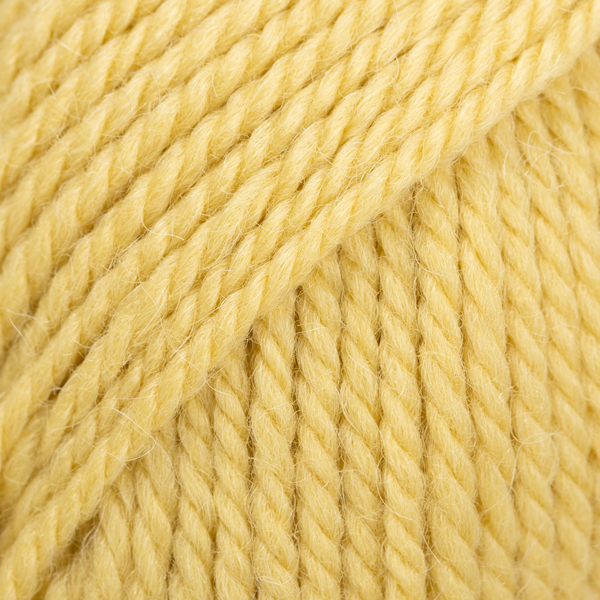



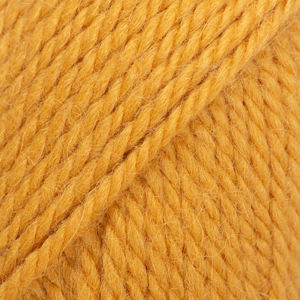
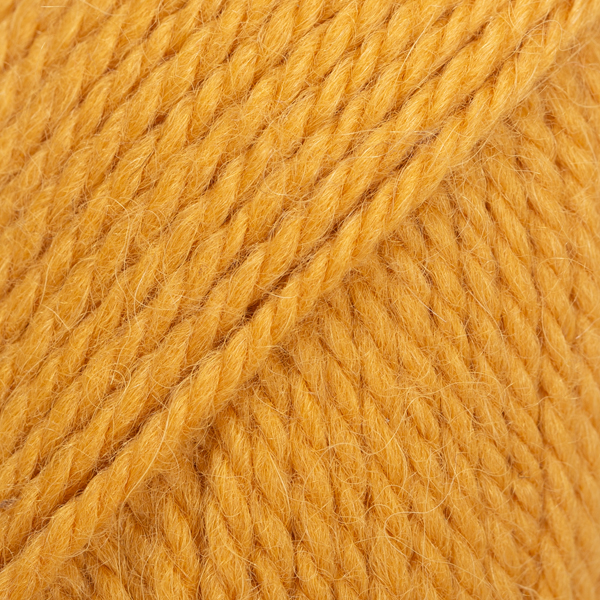
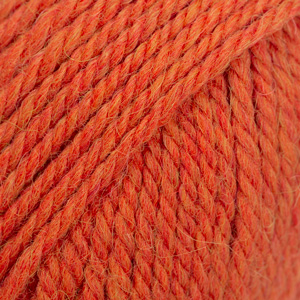









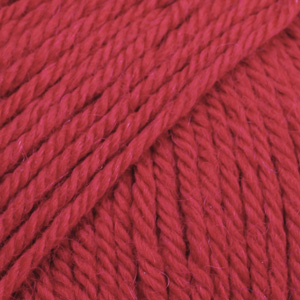

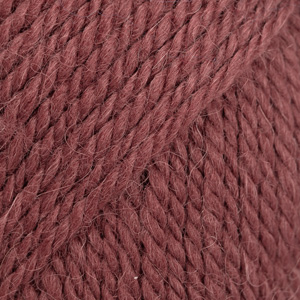
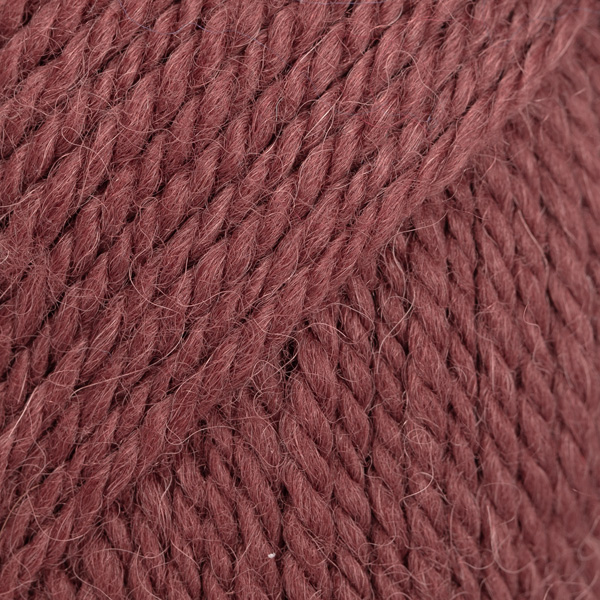
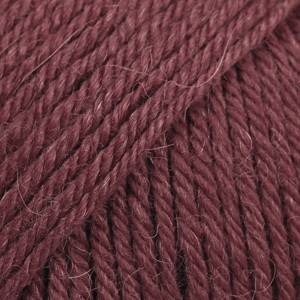
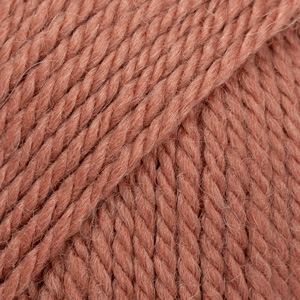
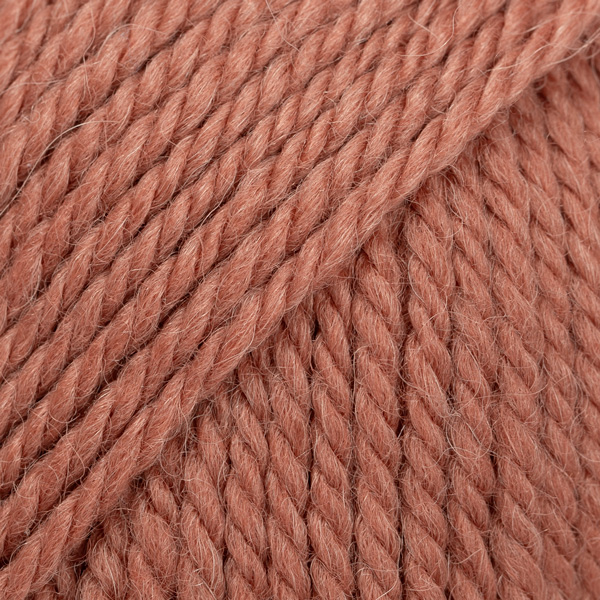


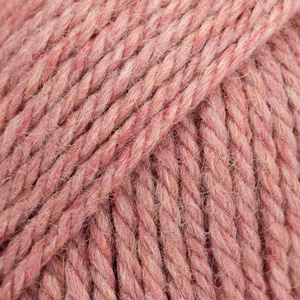
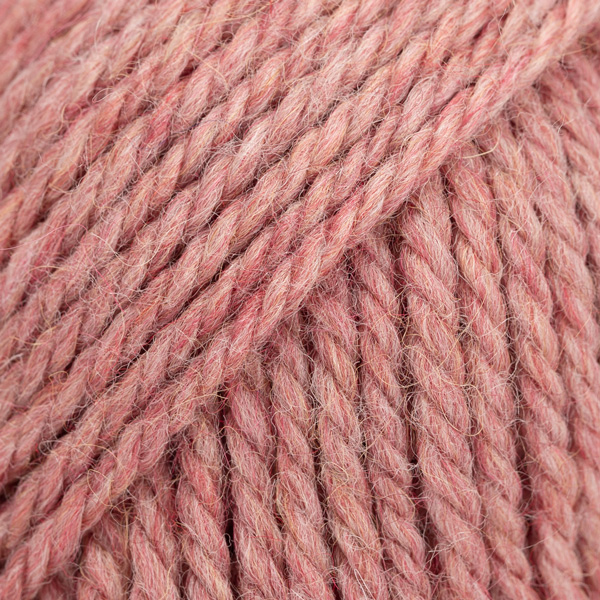
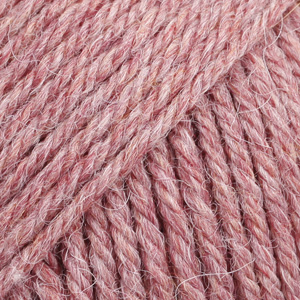

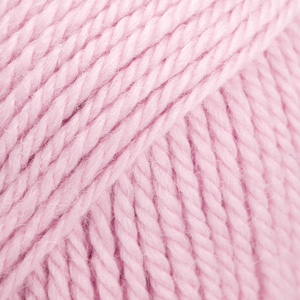
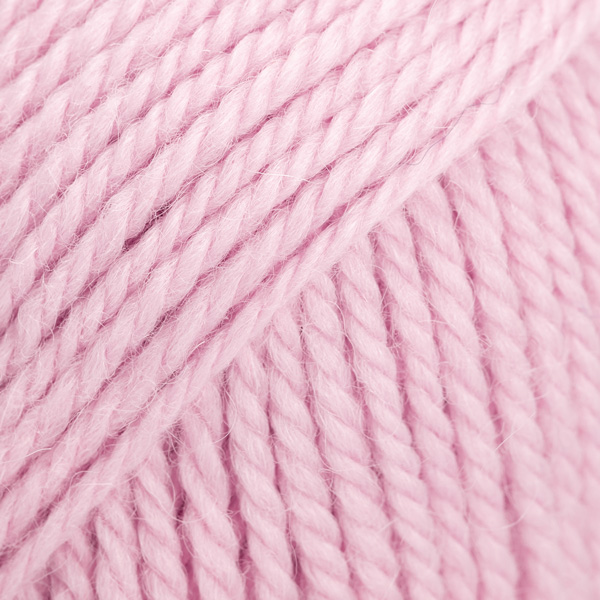


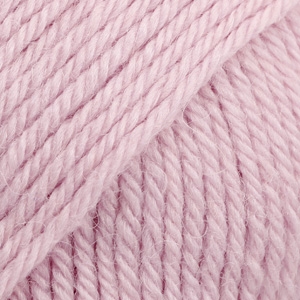
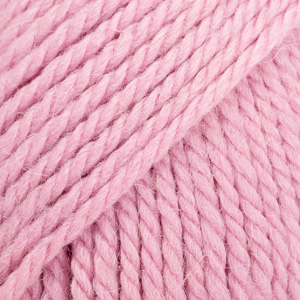
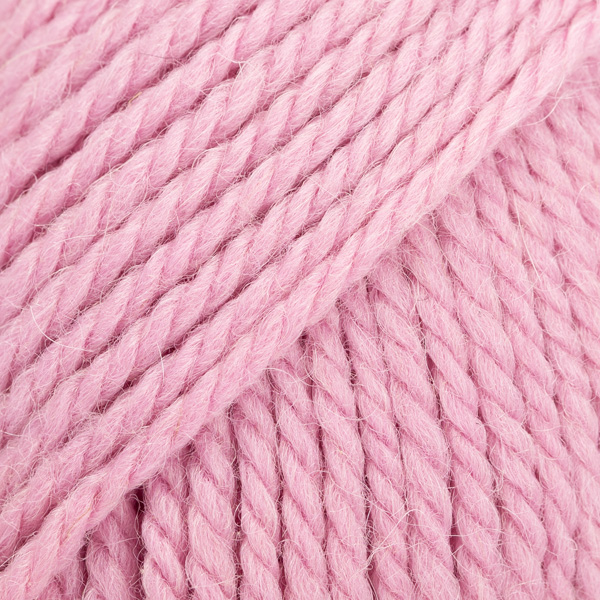
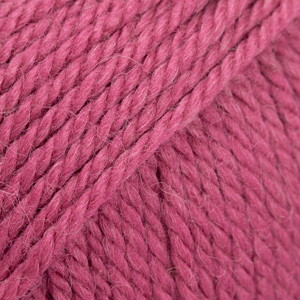

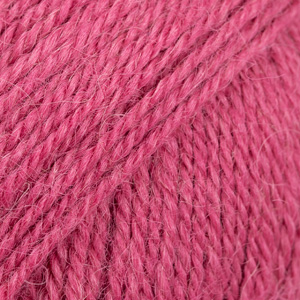


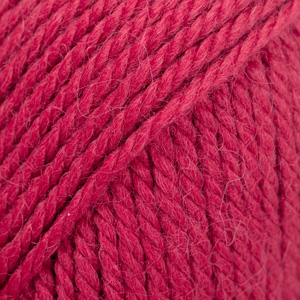
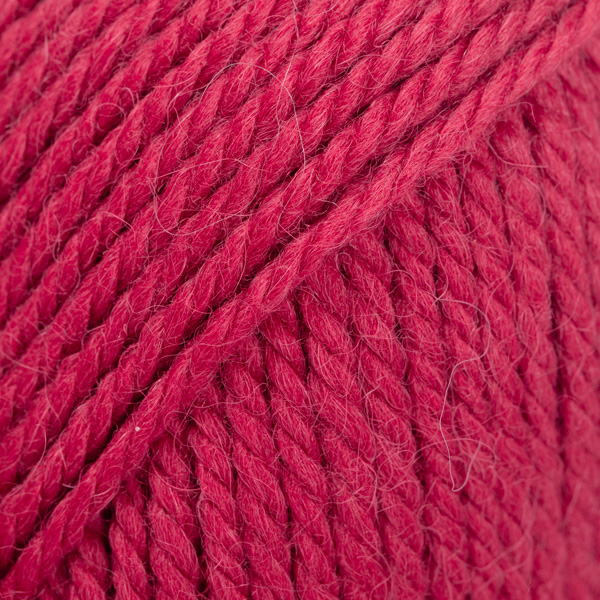



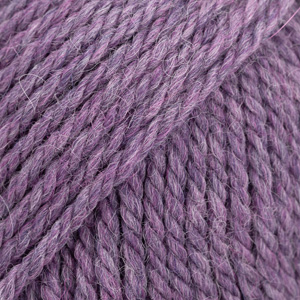
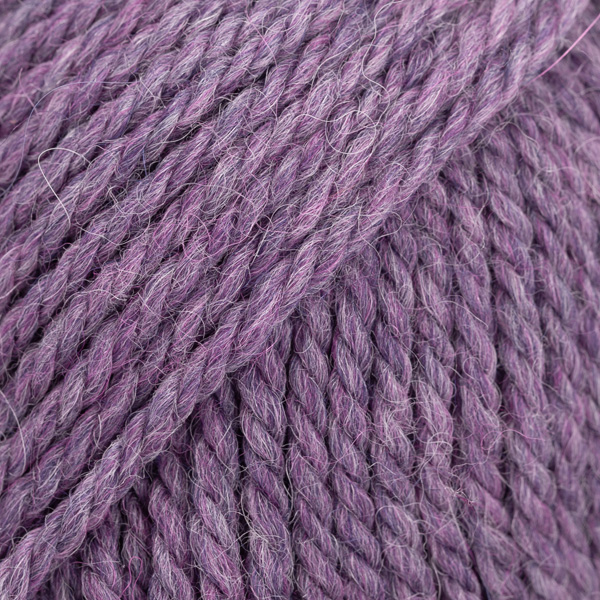



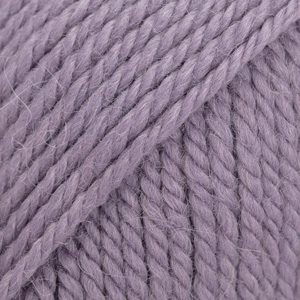
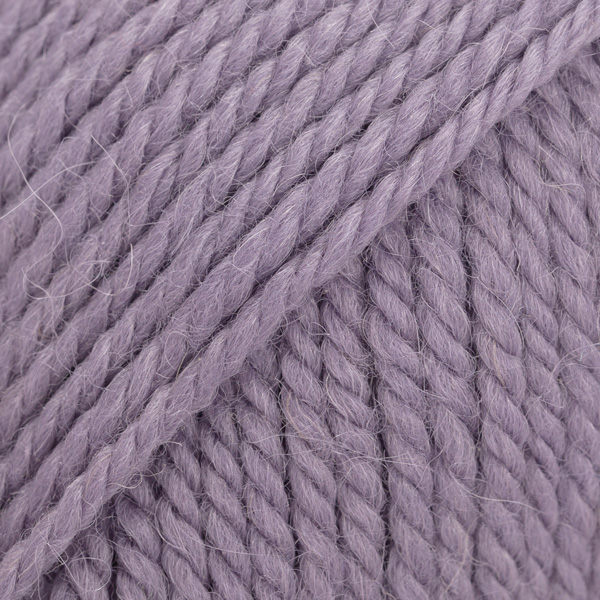
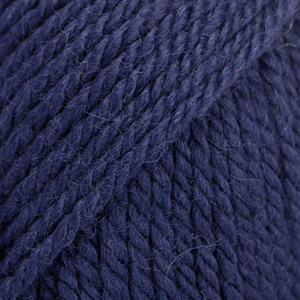
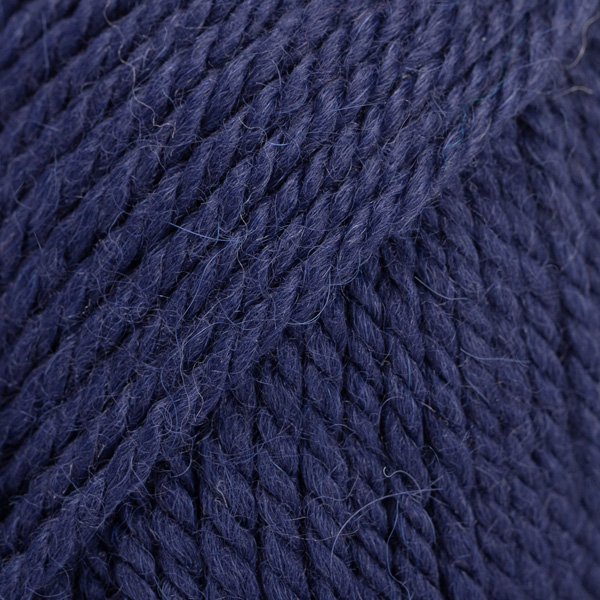
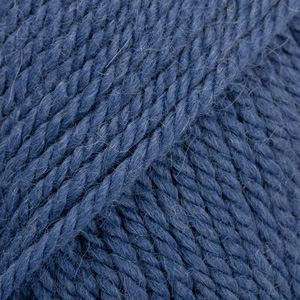
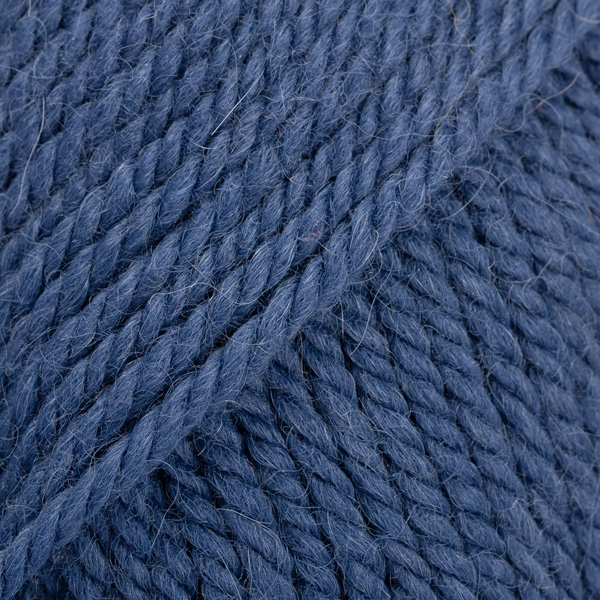

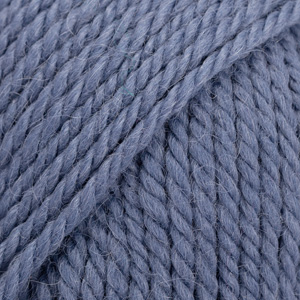
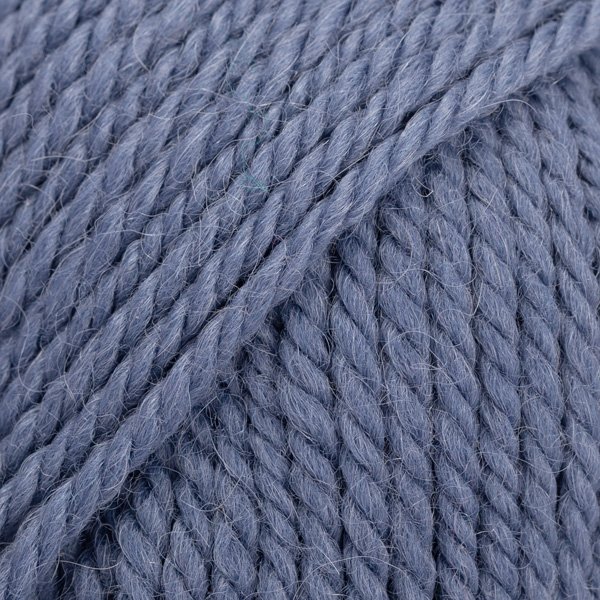




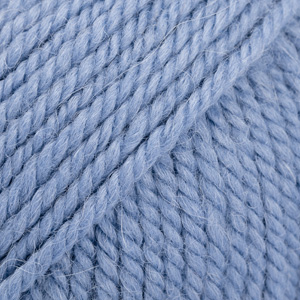
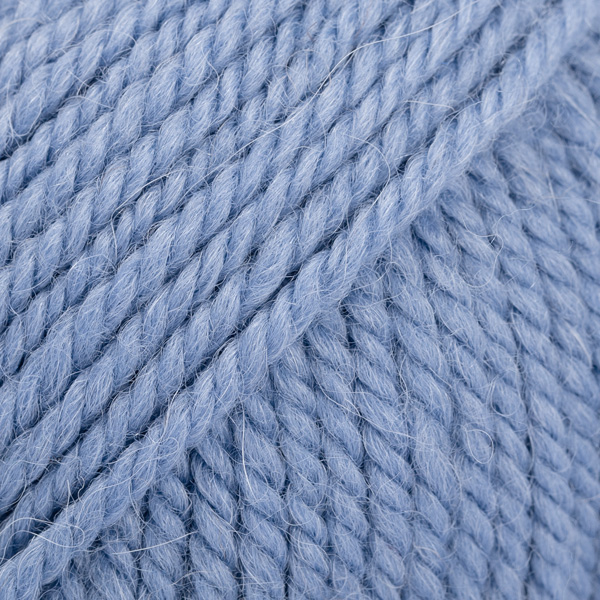

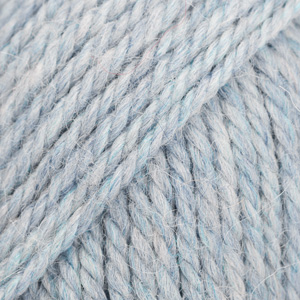
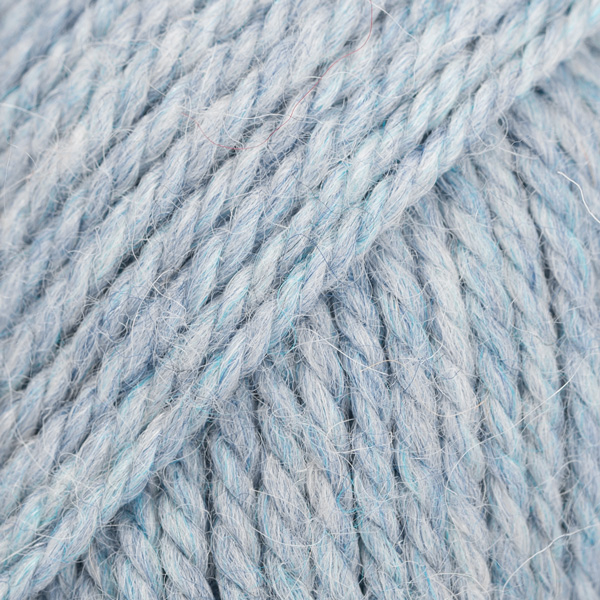

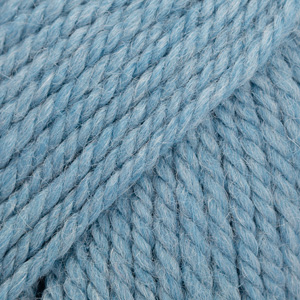
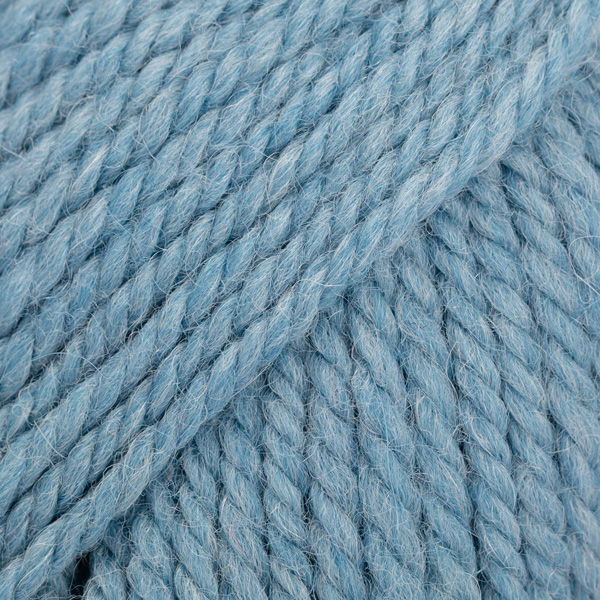



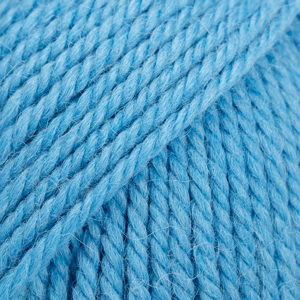
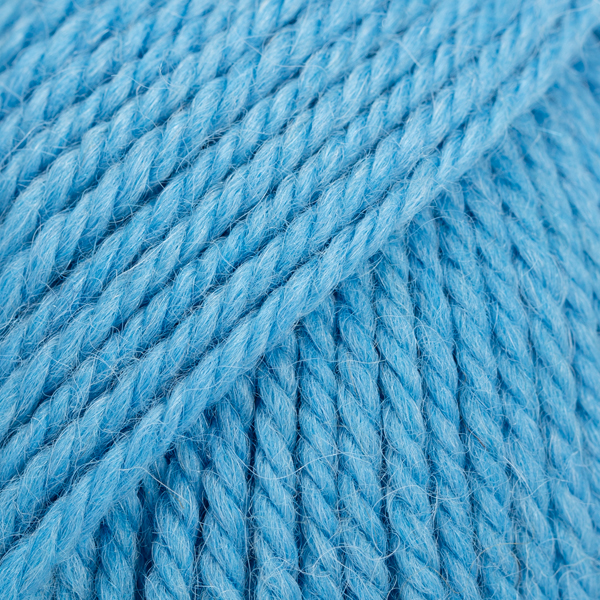
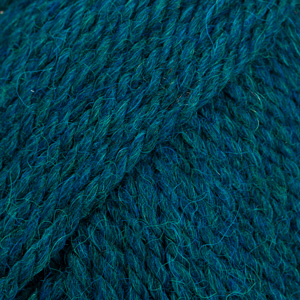
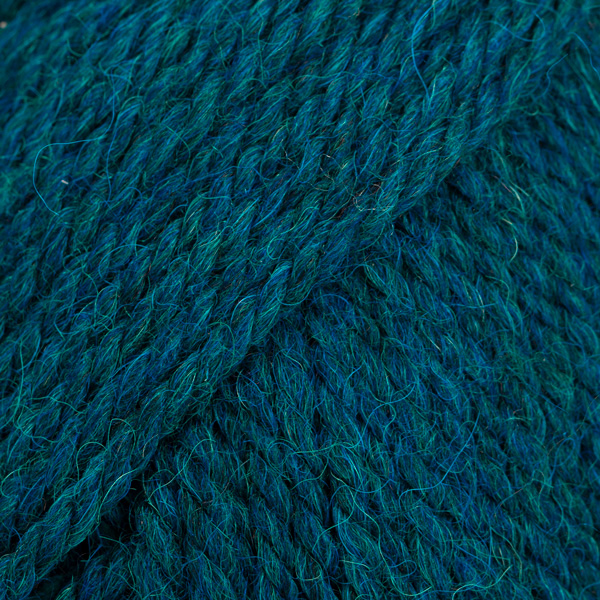


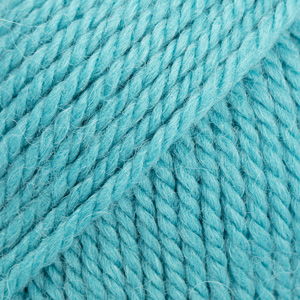
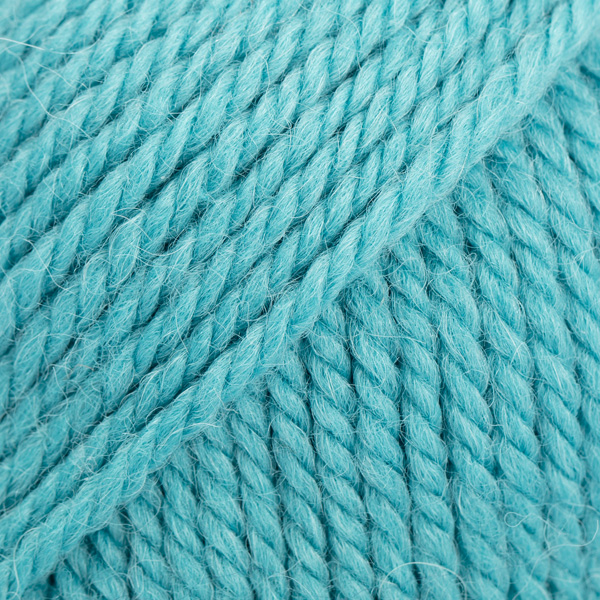

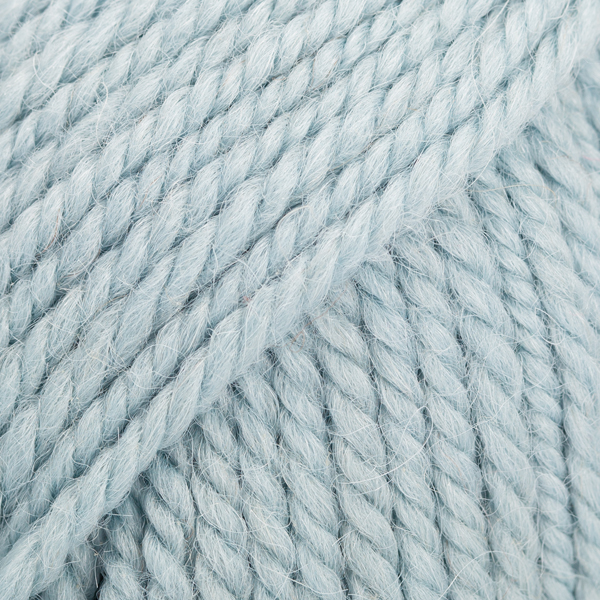


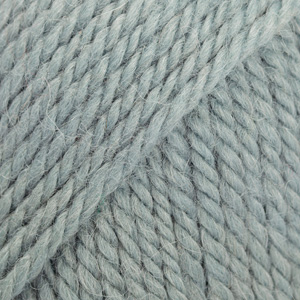
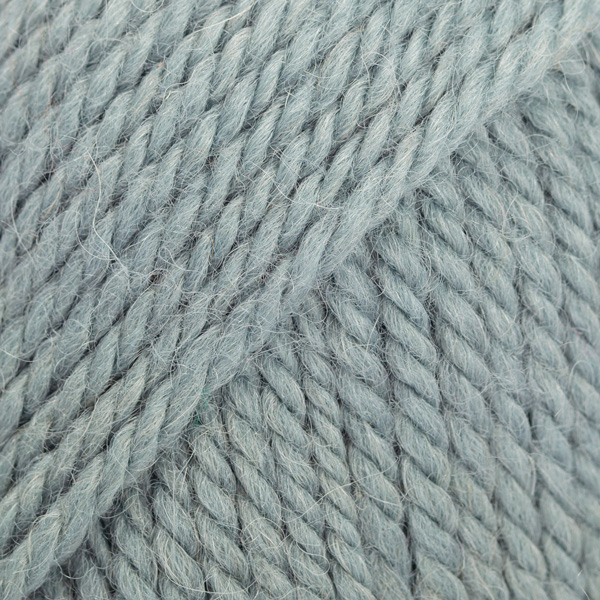
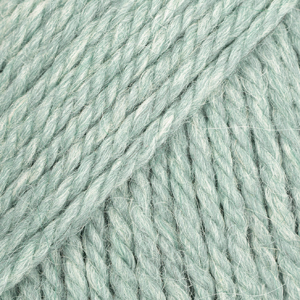
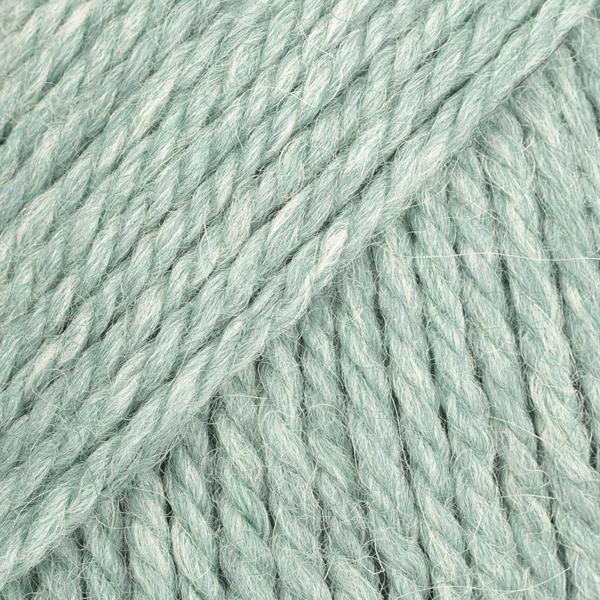





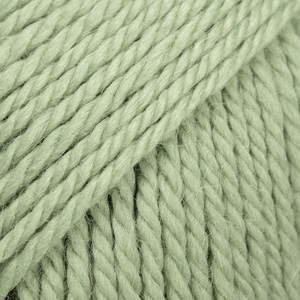
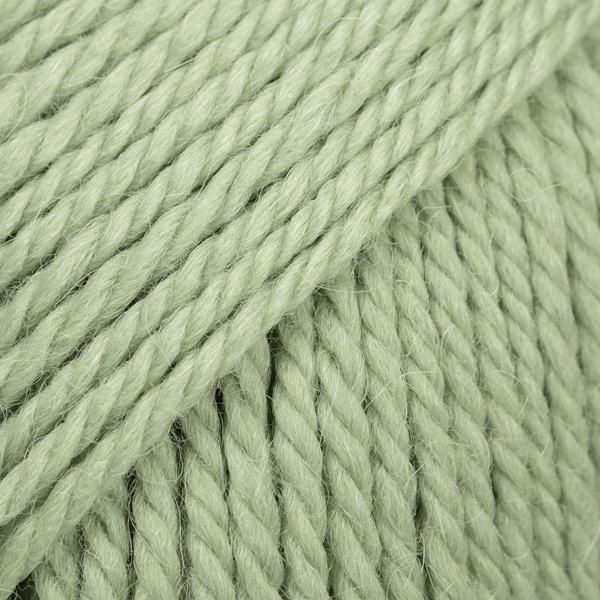


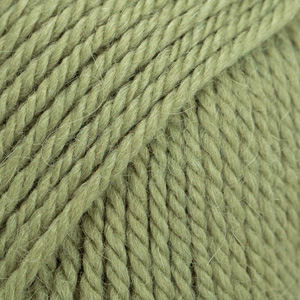
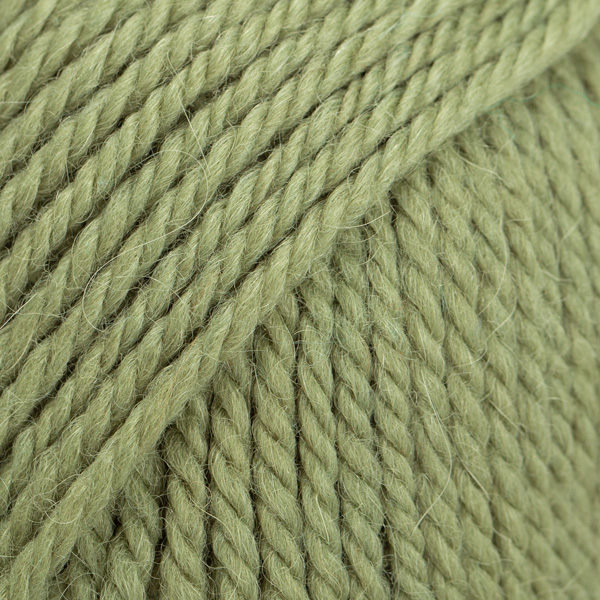
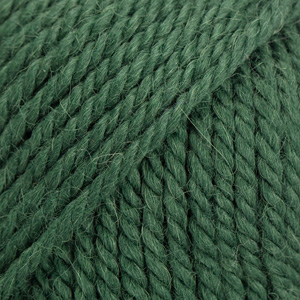
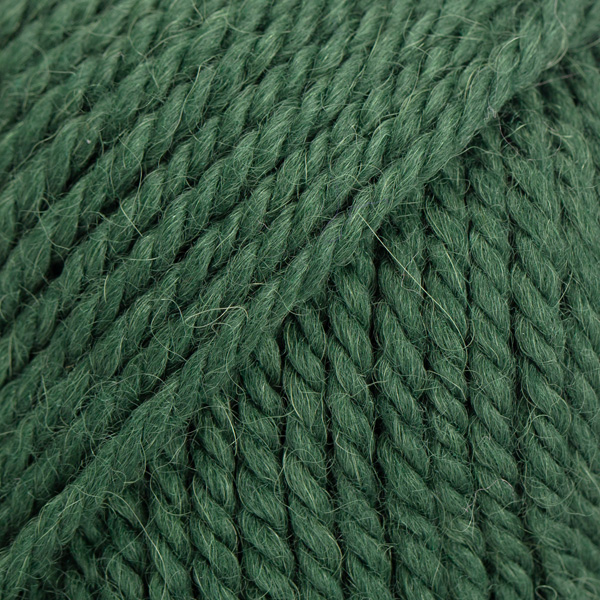
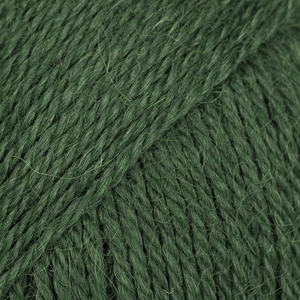


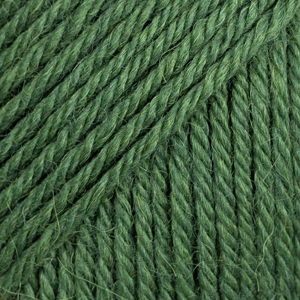


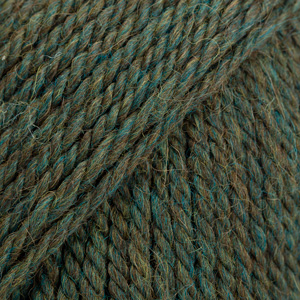
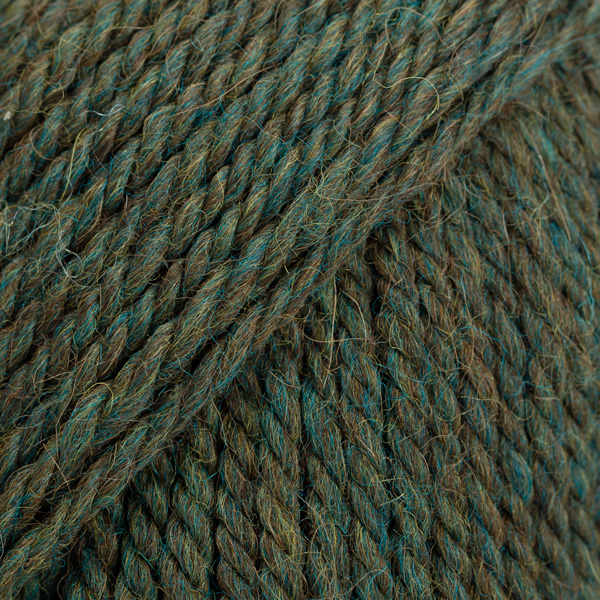
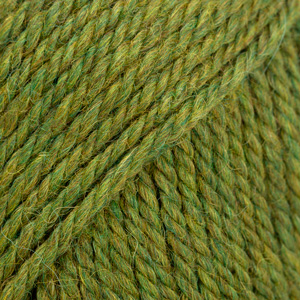
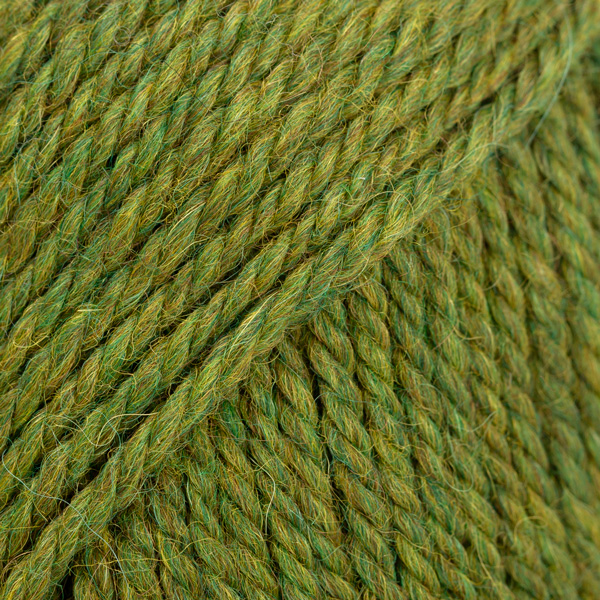



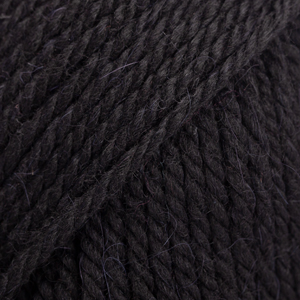
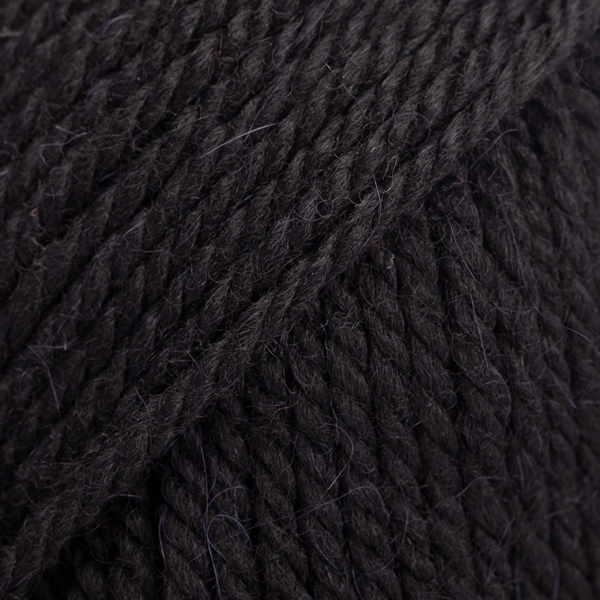
















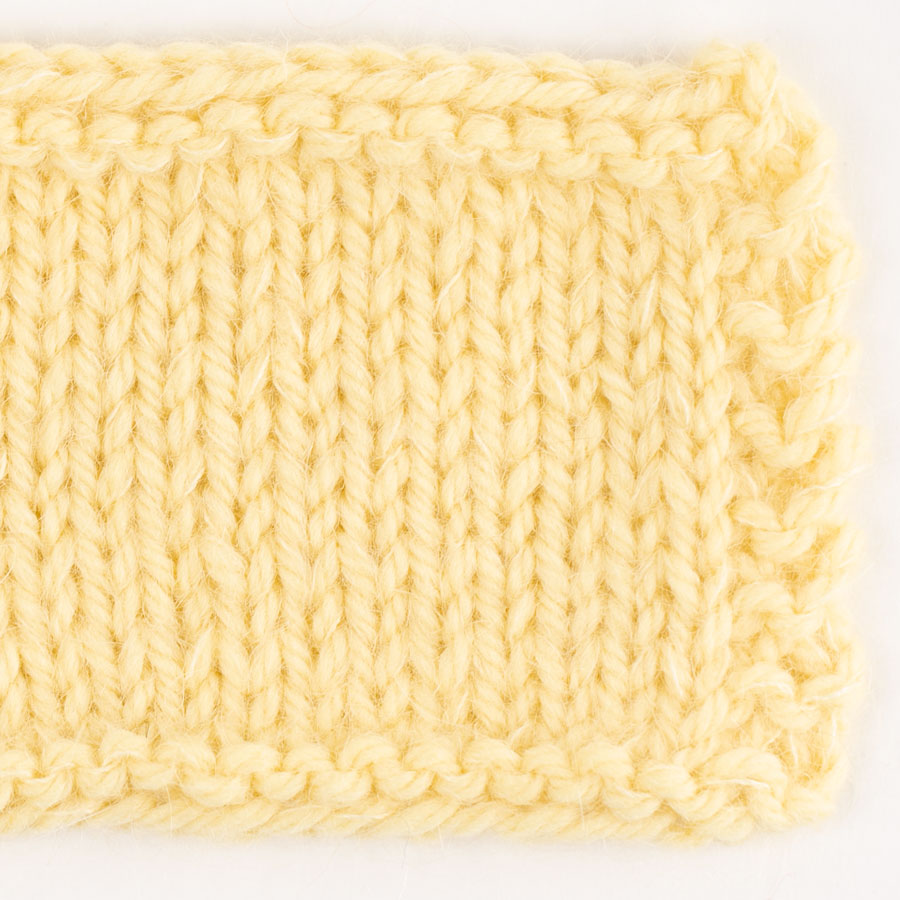
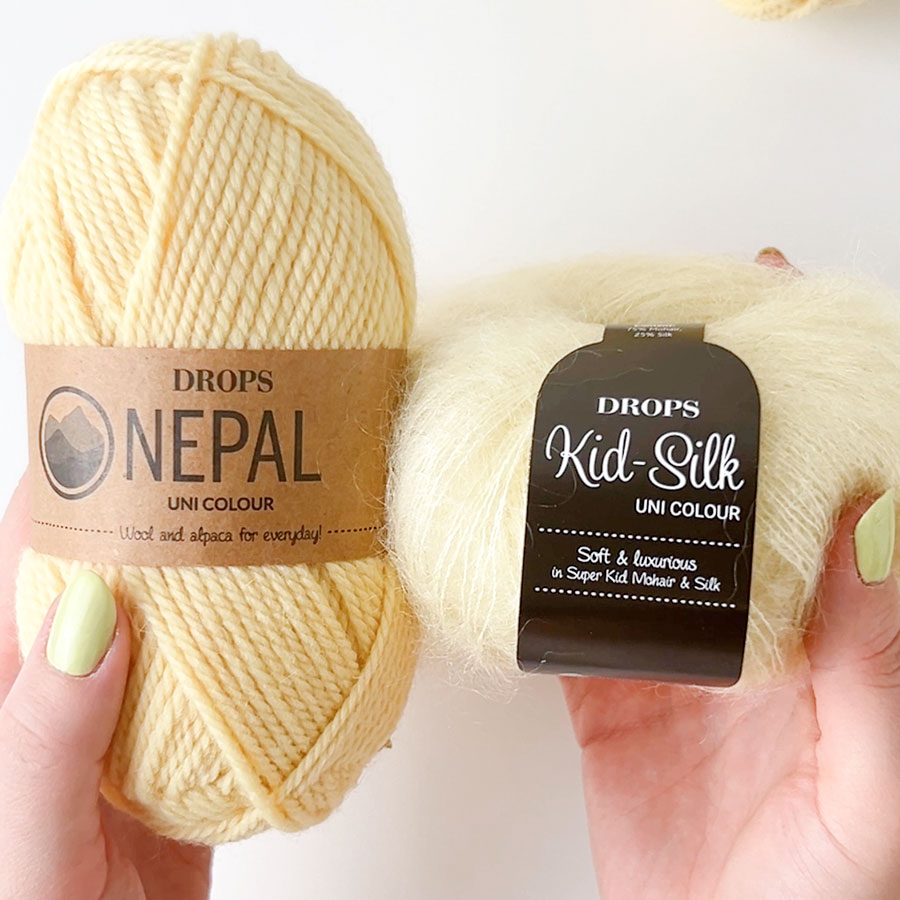
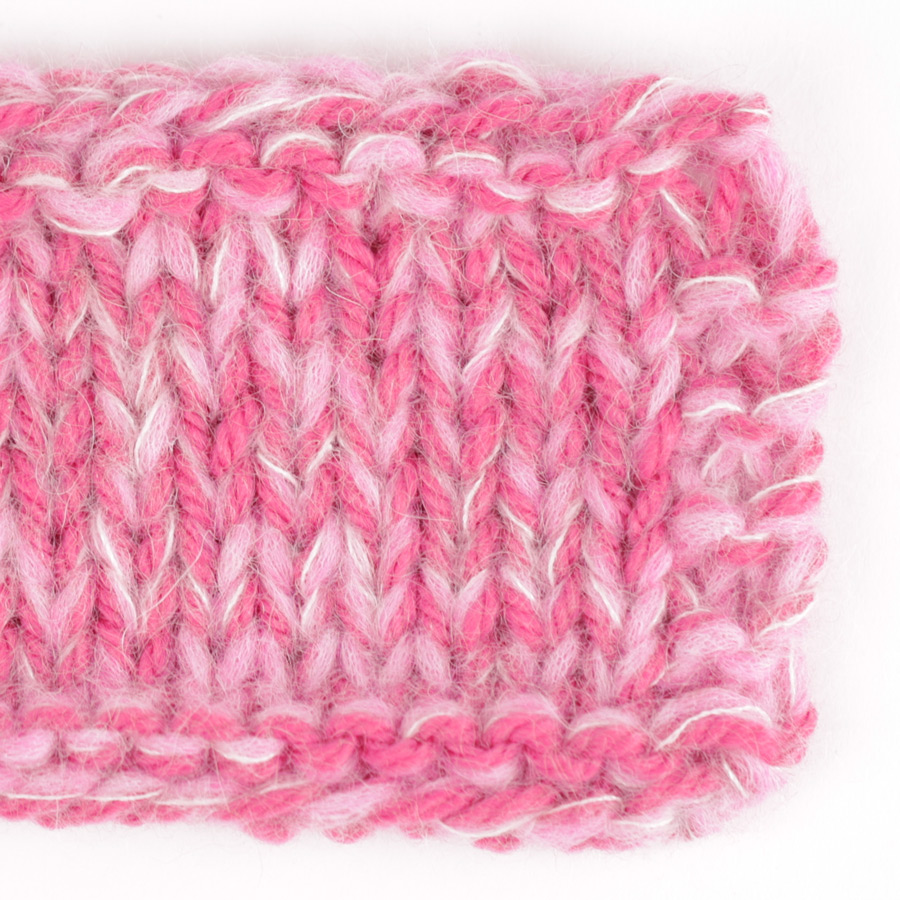

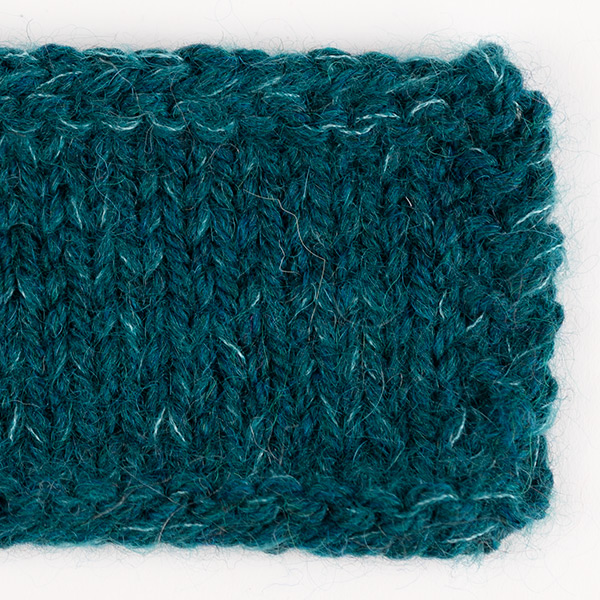
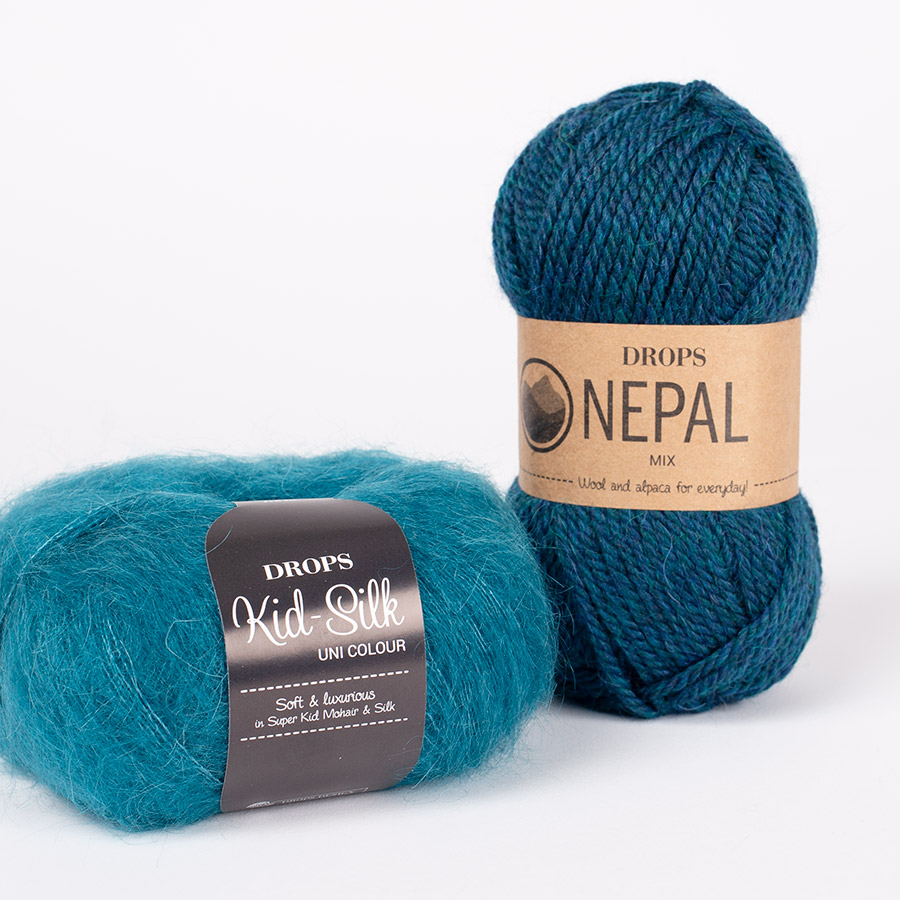
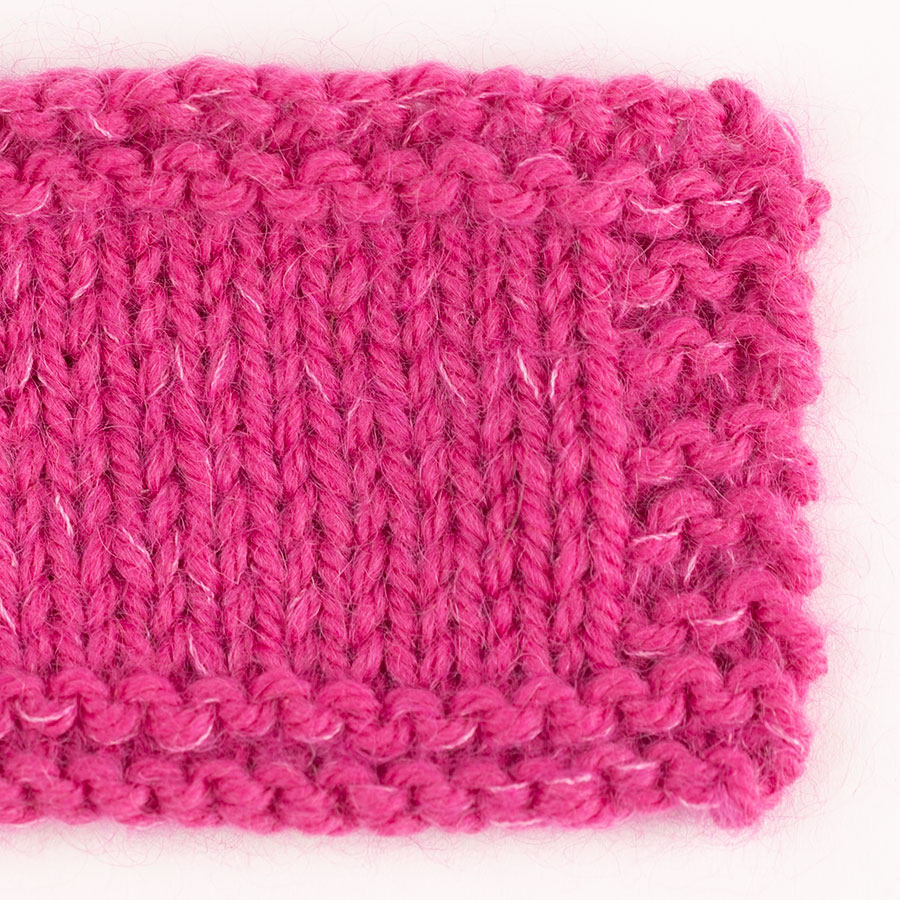
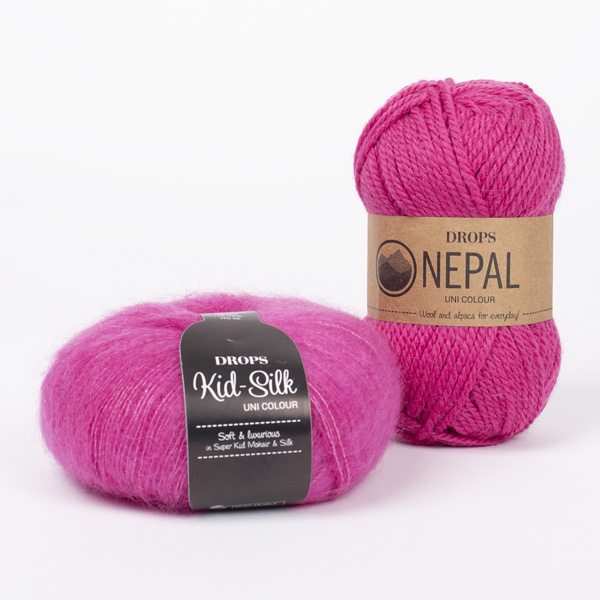
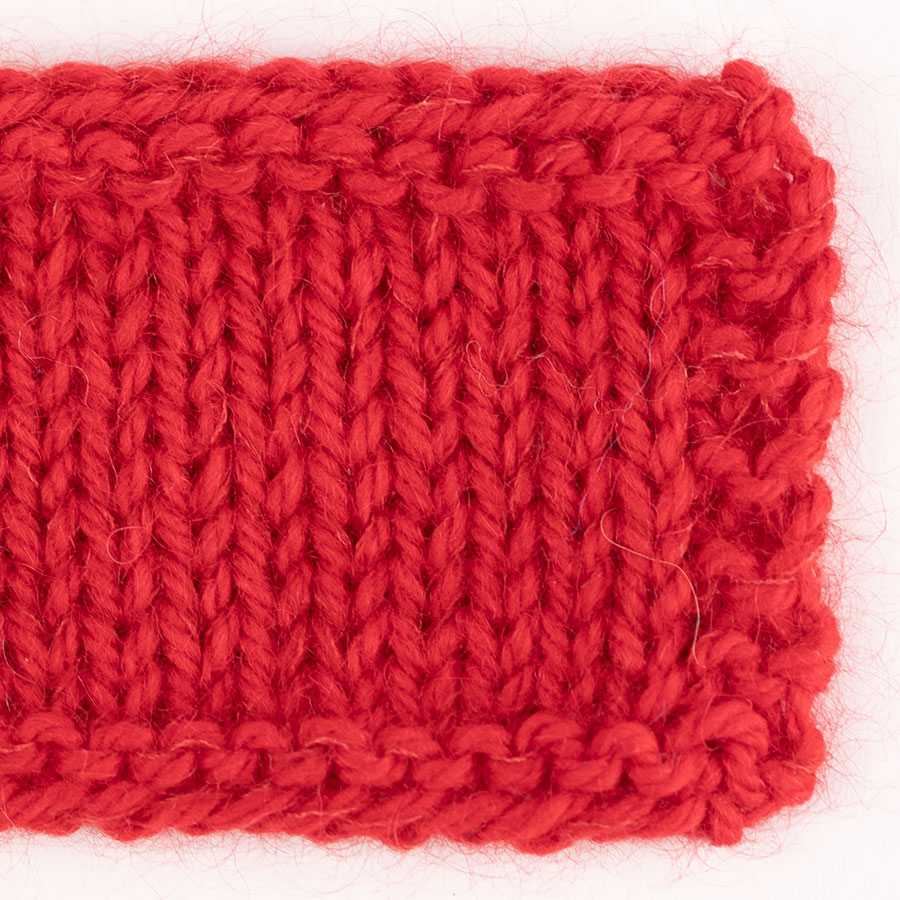
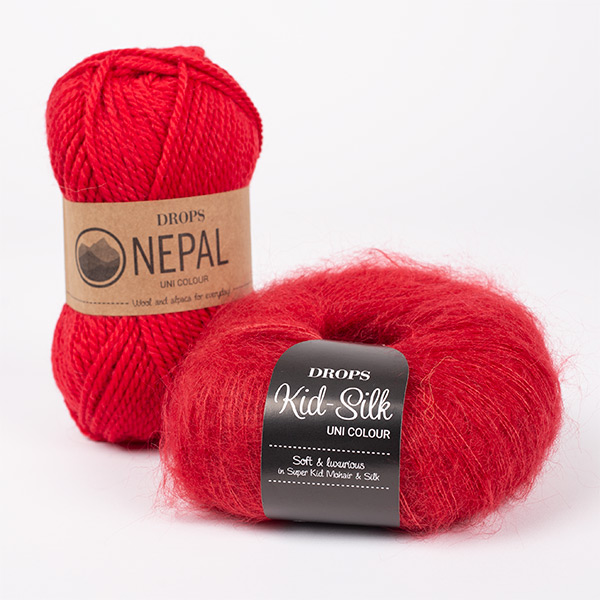
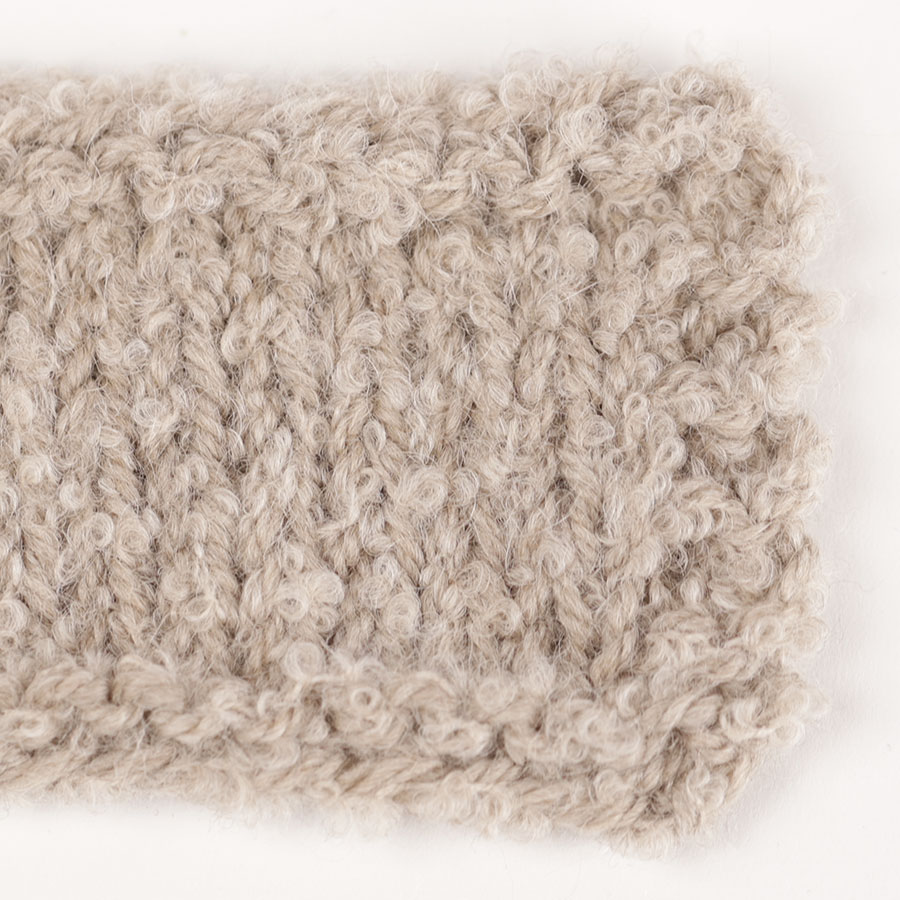
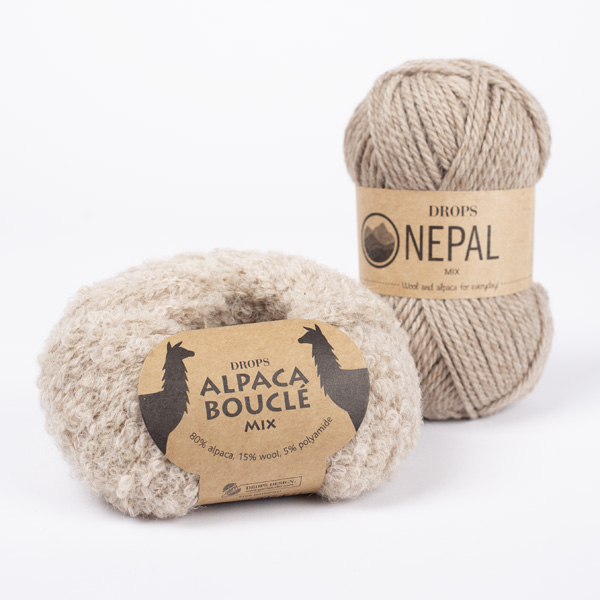
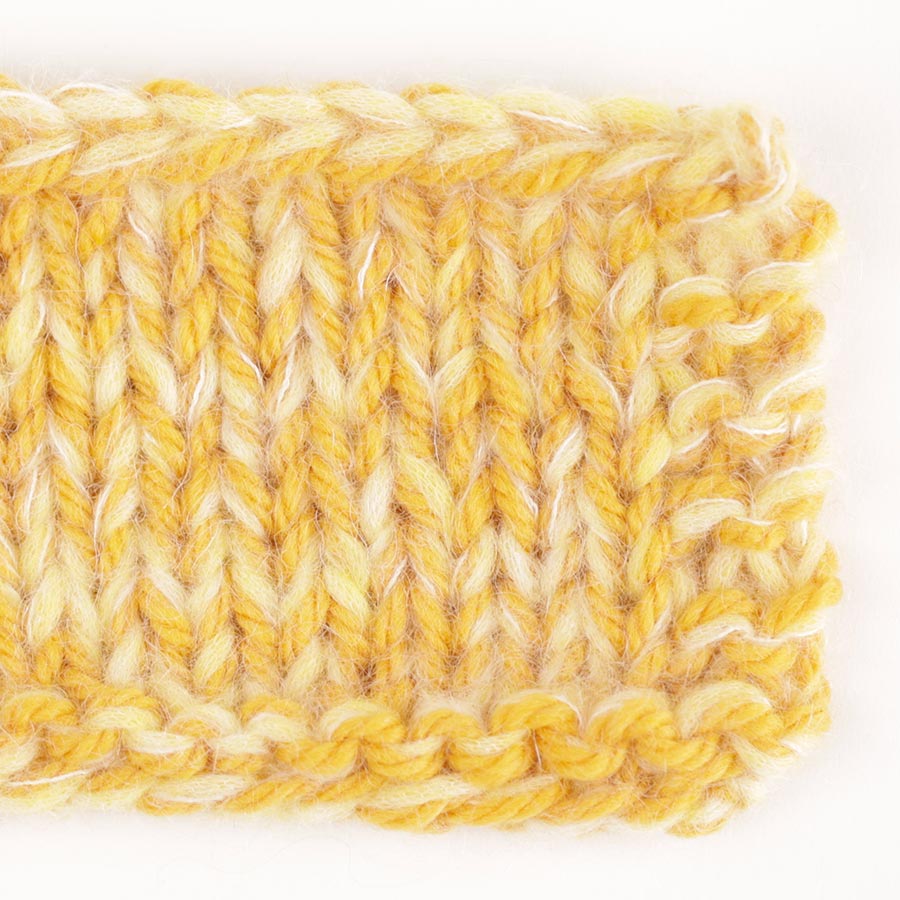
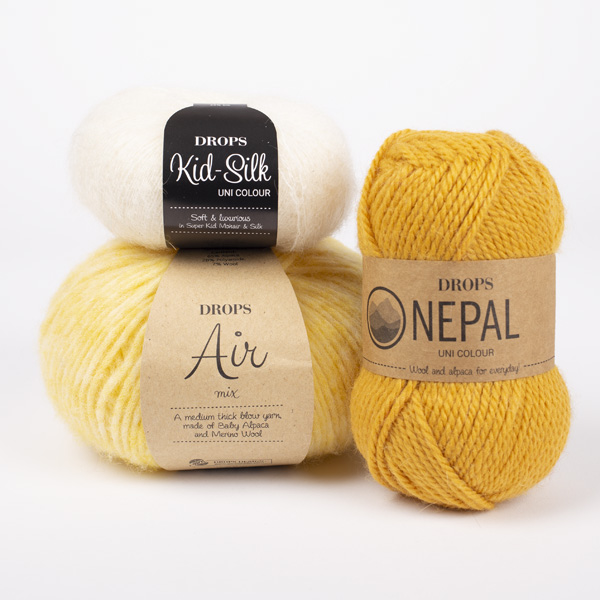
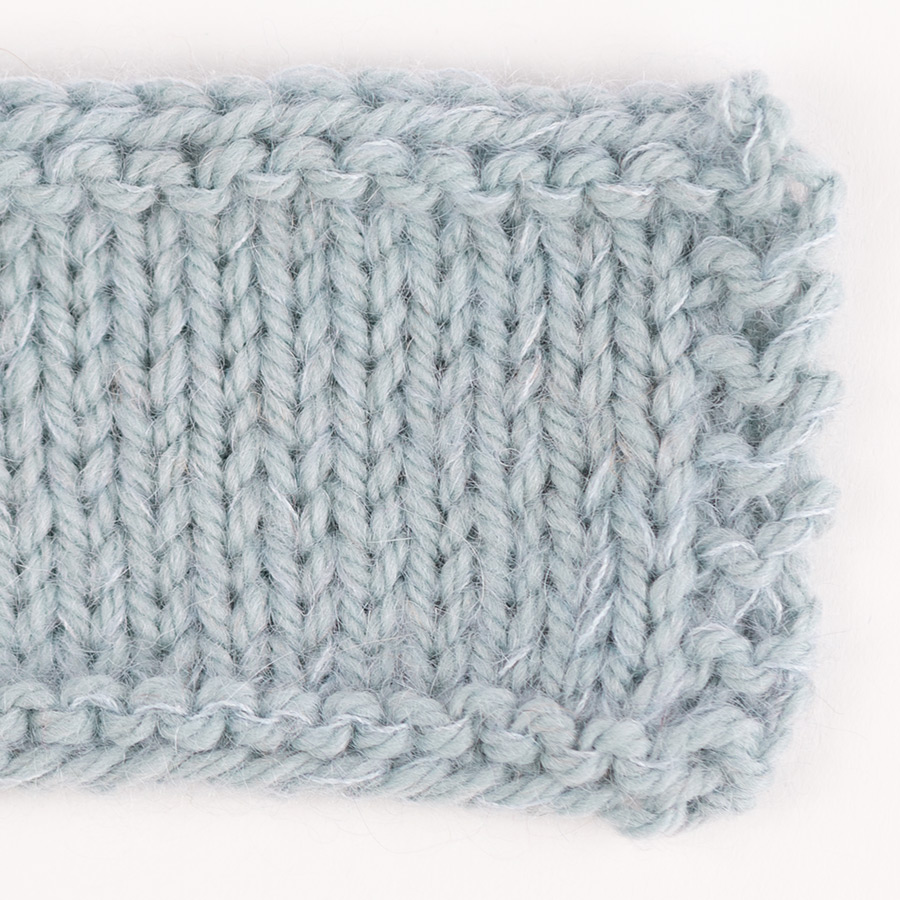




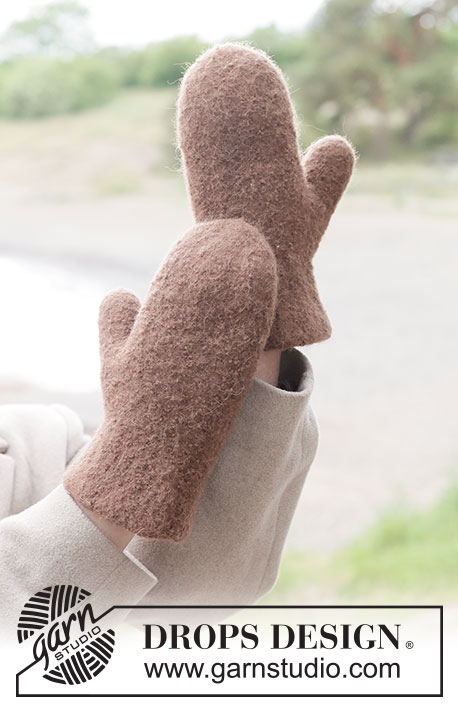





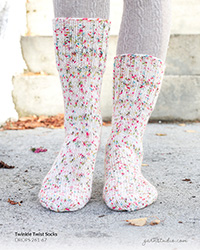
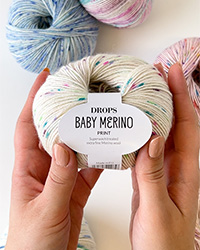
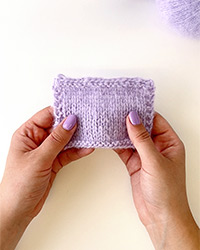
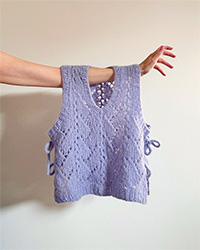

Farbhinweis: Auf den Fotos sieht die Farbe "orange" wie orange aus. Es ist aber eher eine Farbe wie rost - also dunkler und brauner, als auf dem Fo
07.01.2021 - 12:27